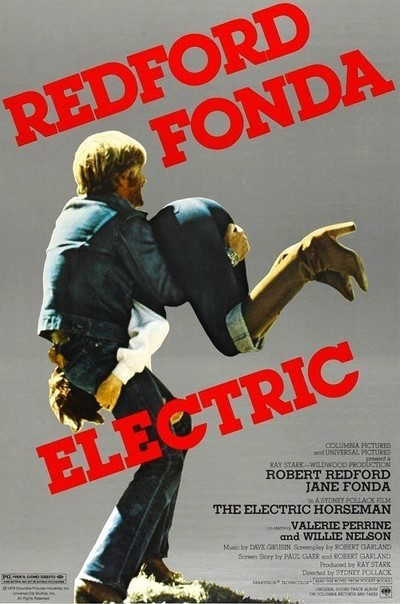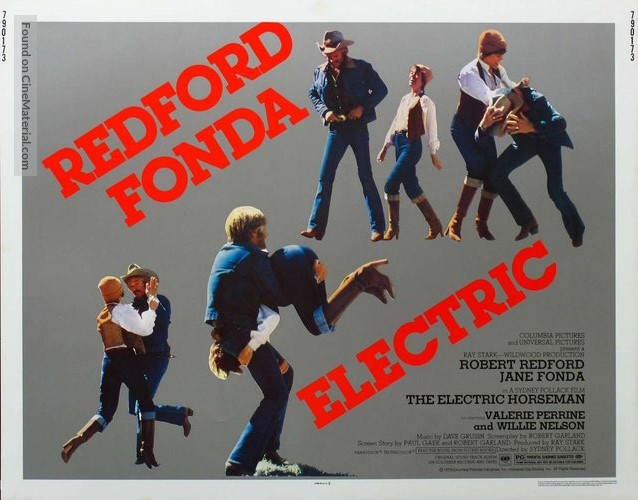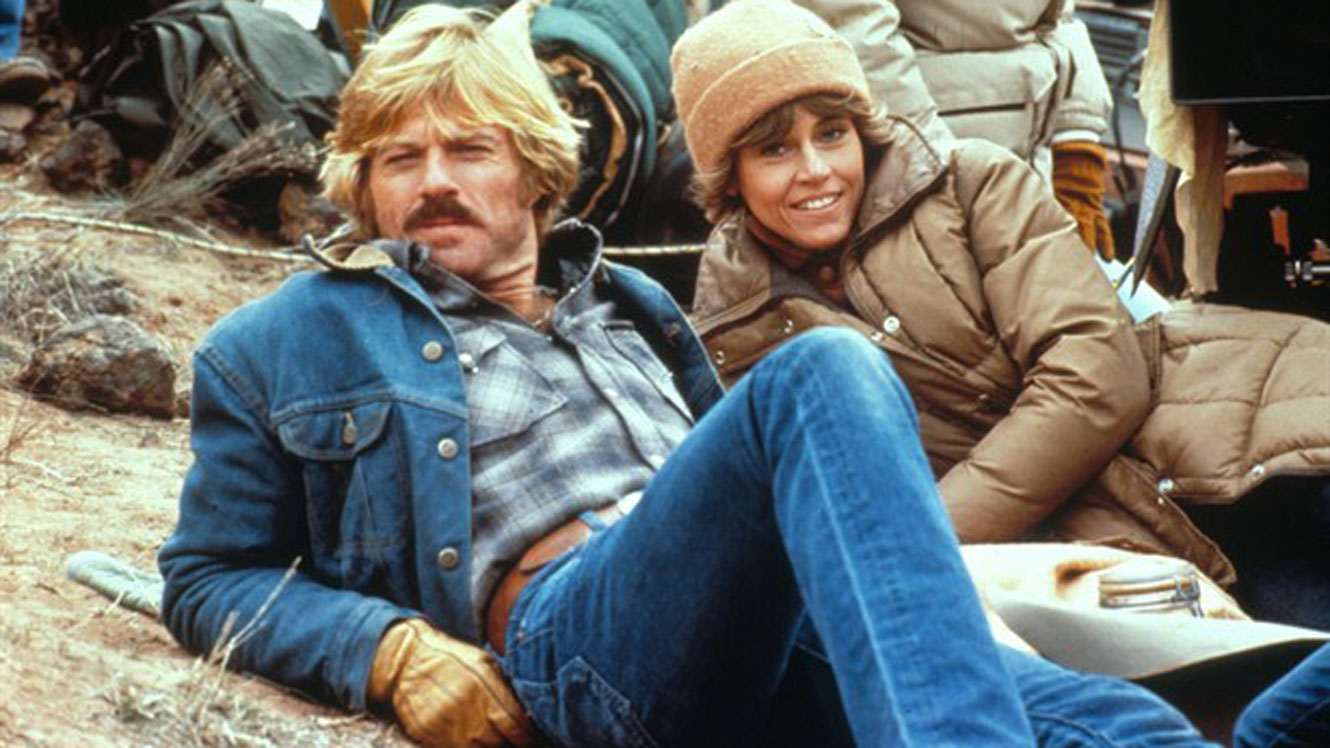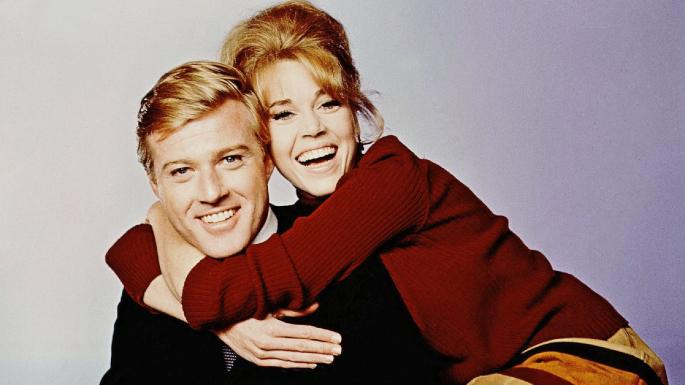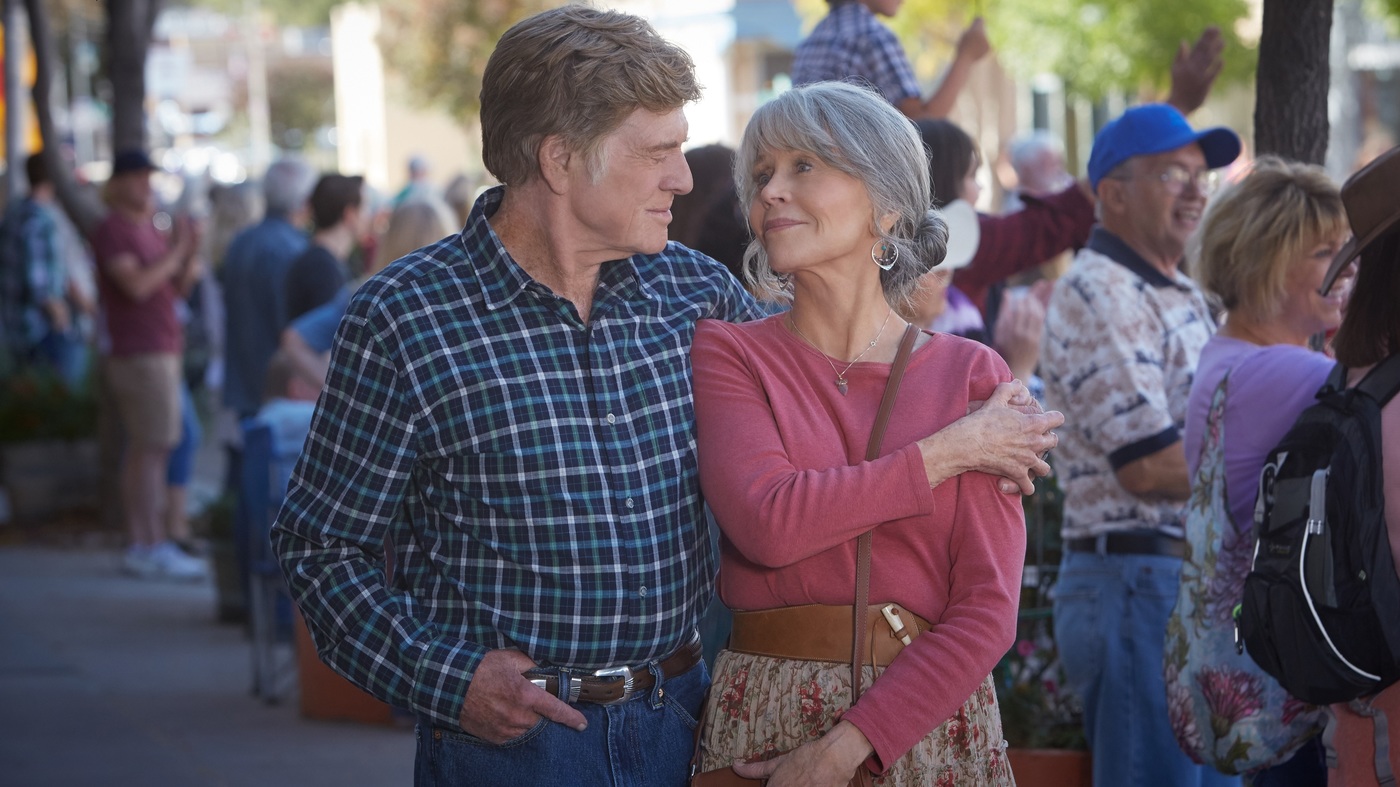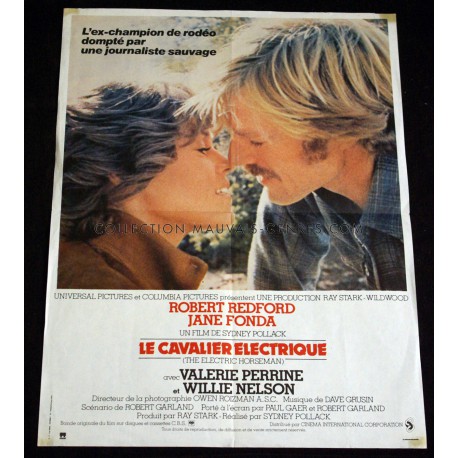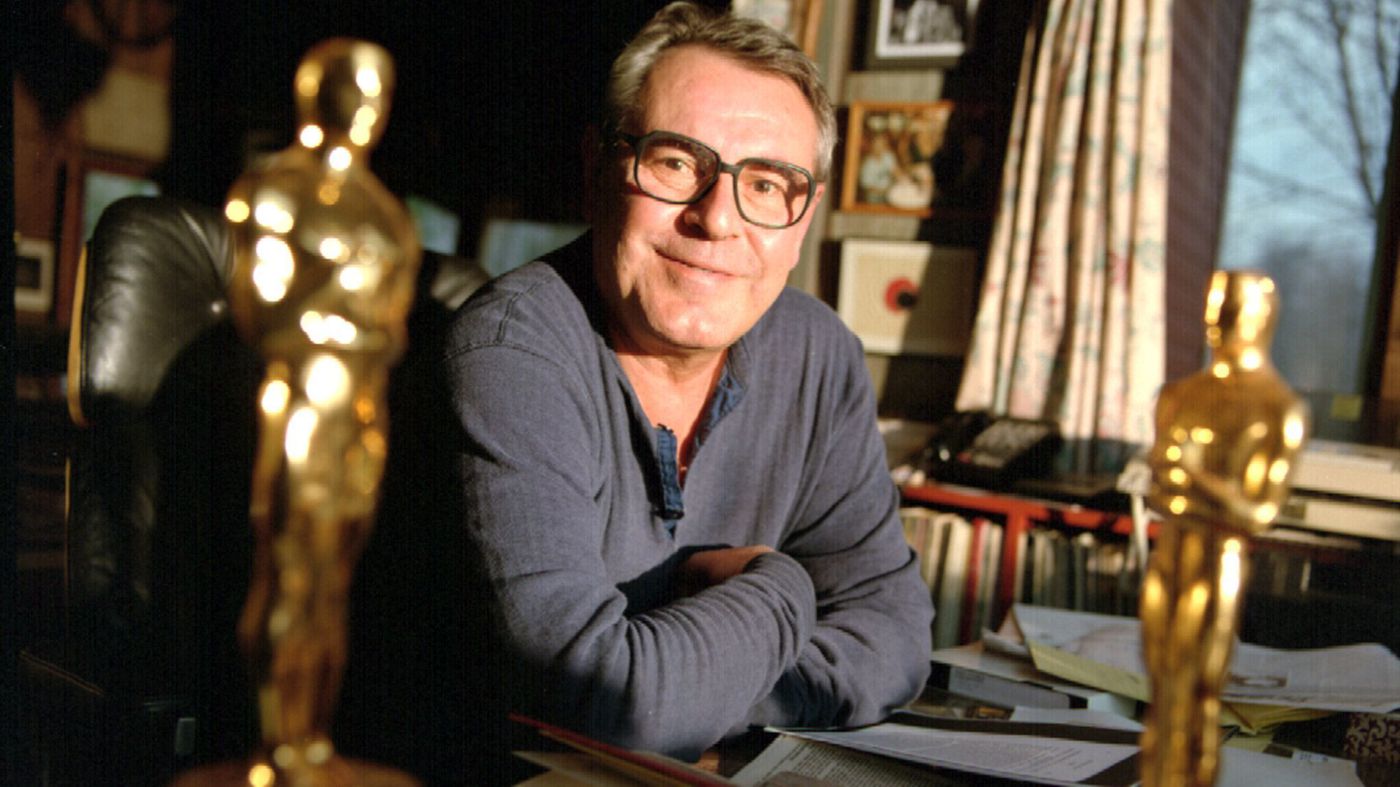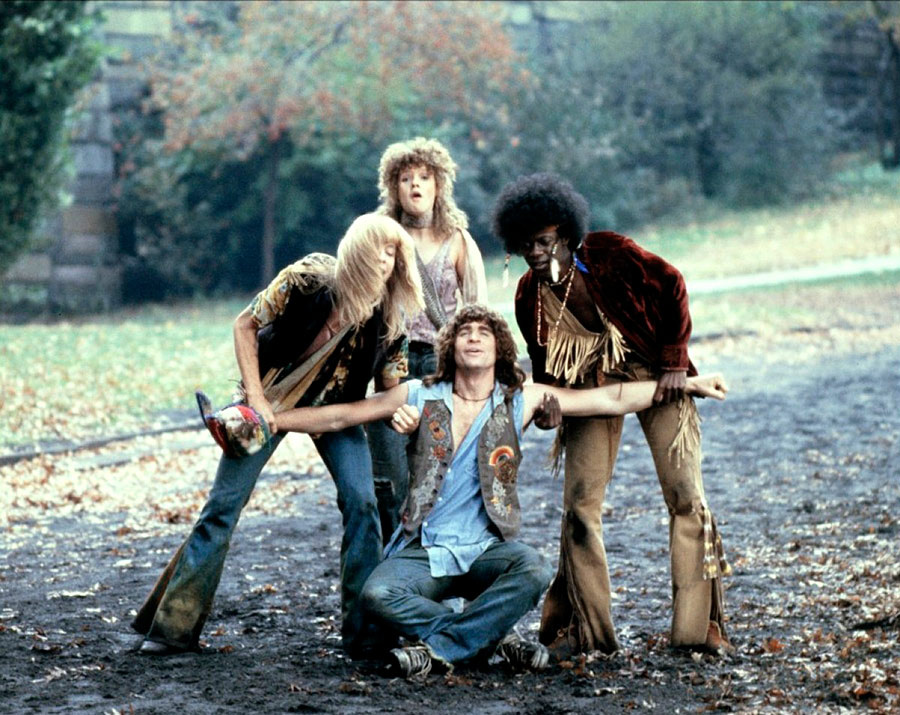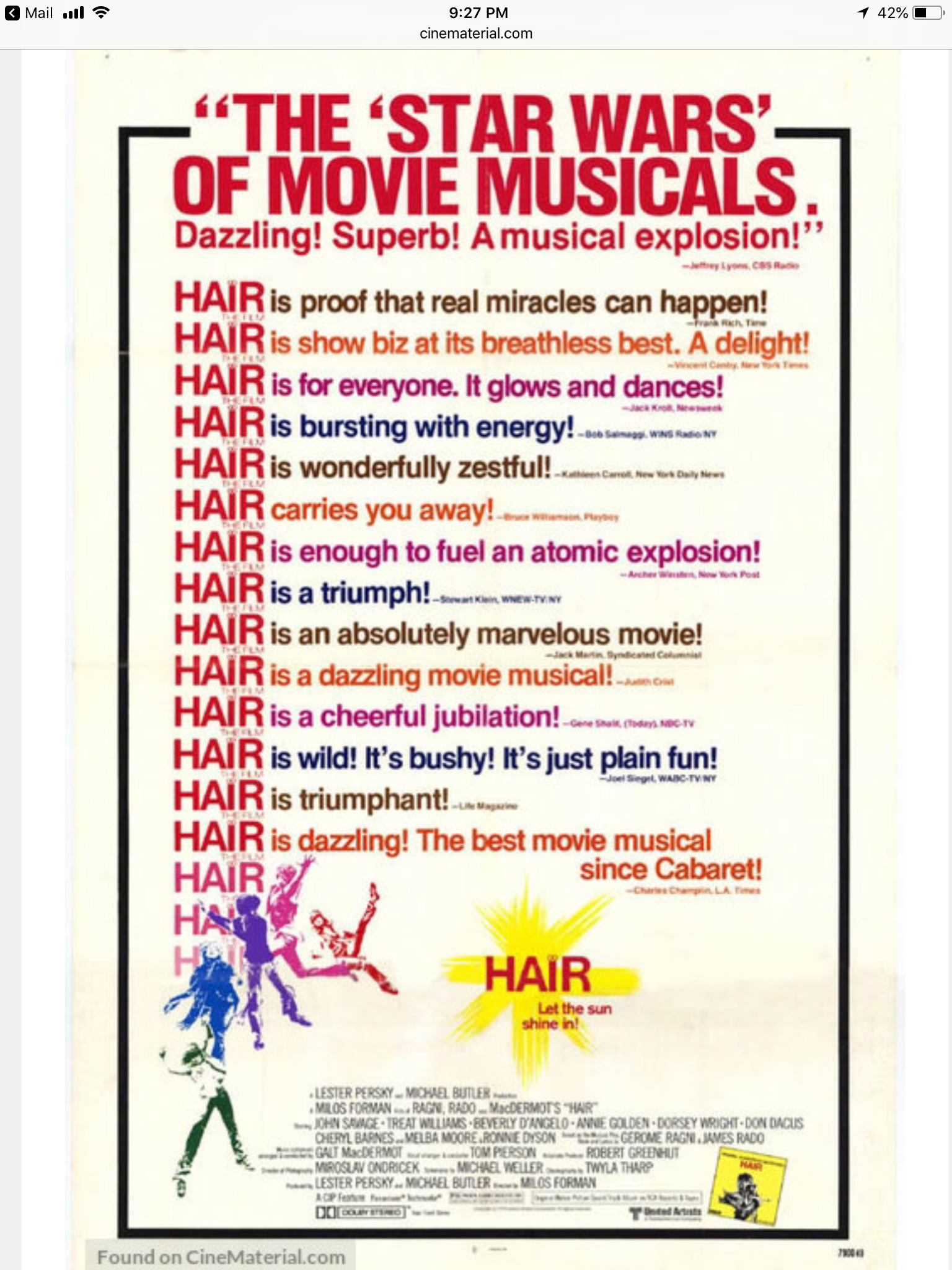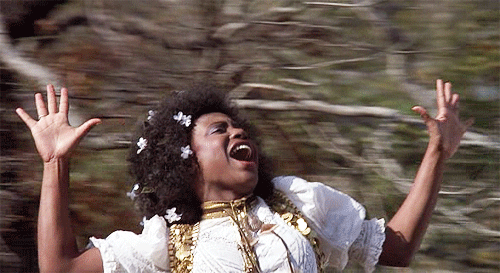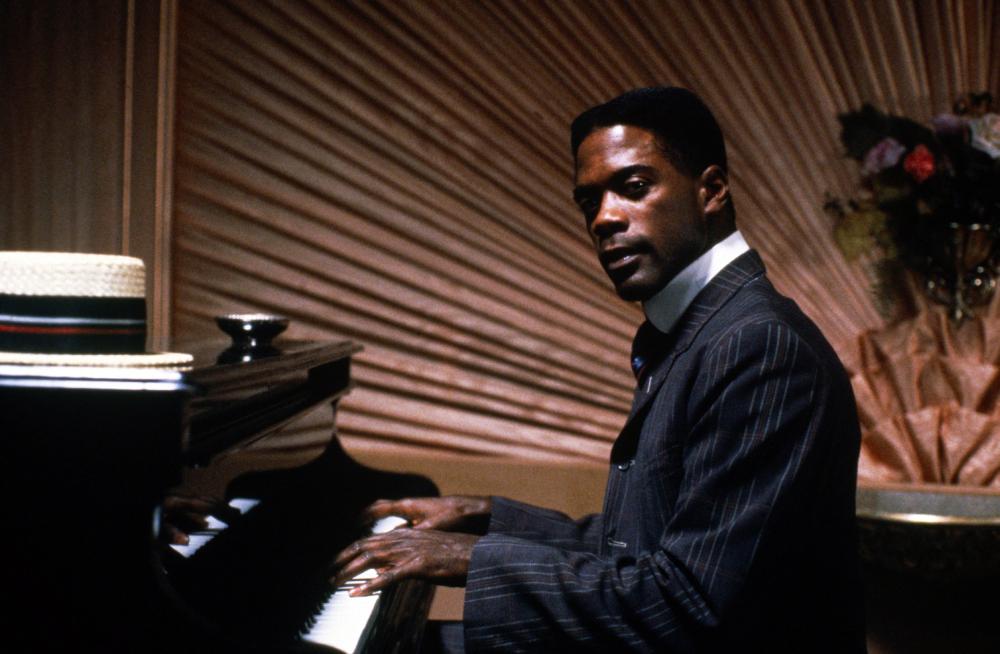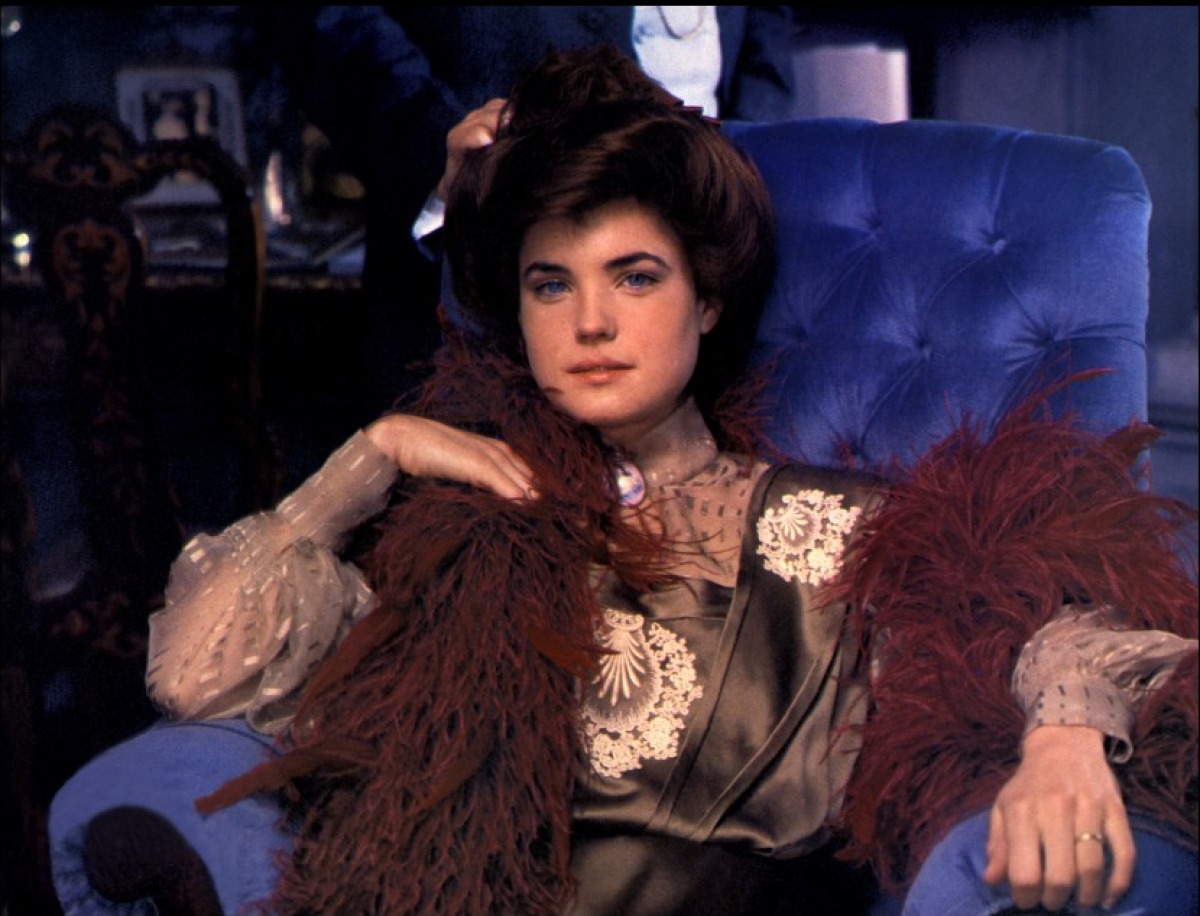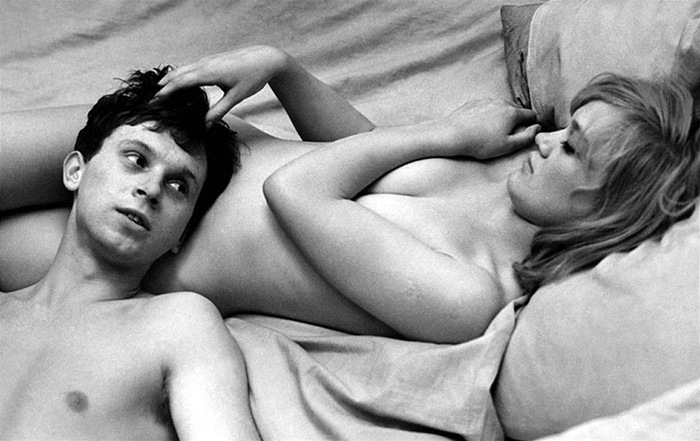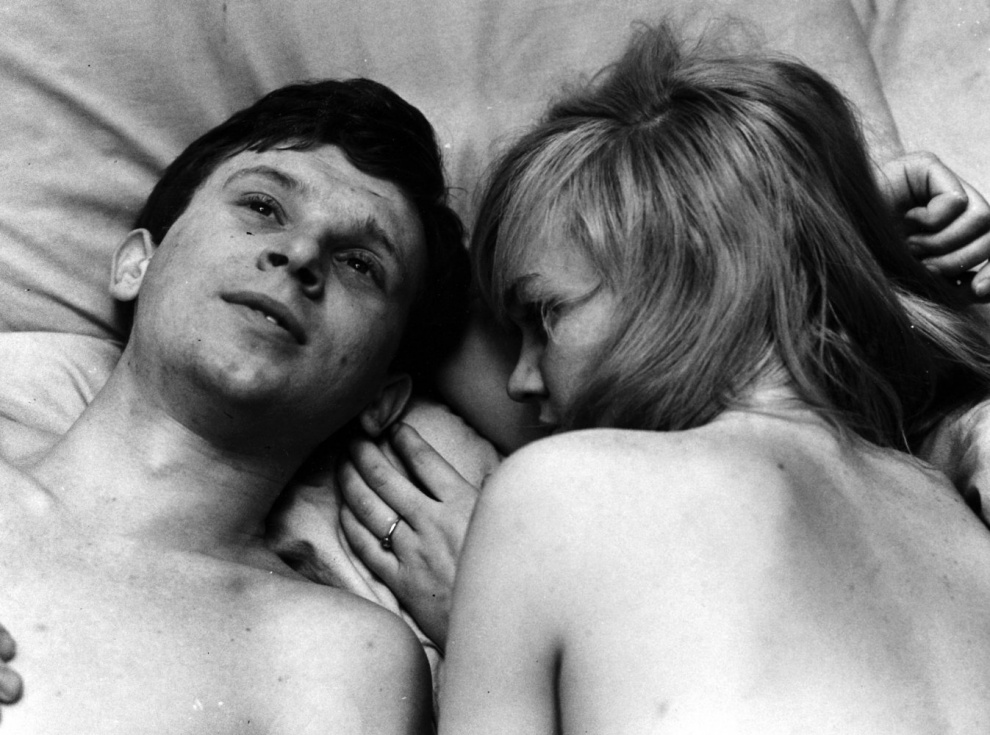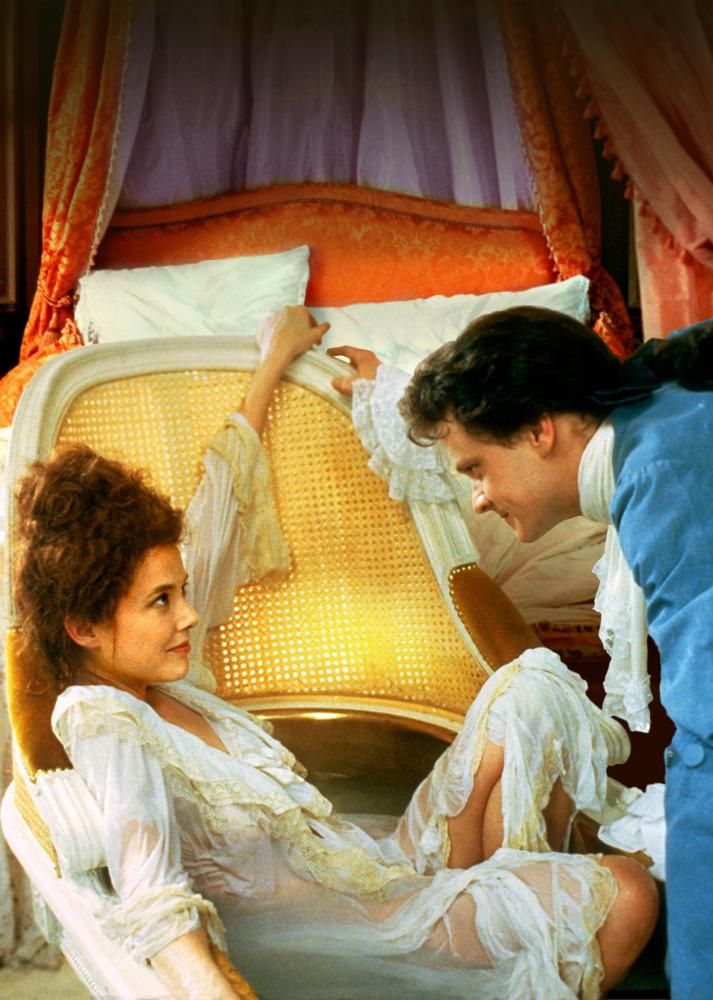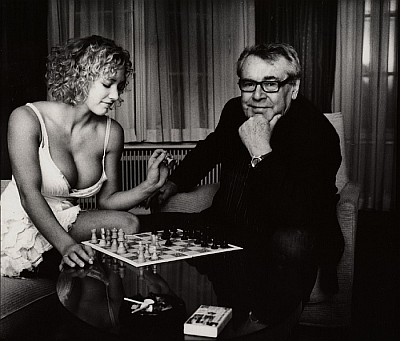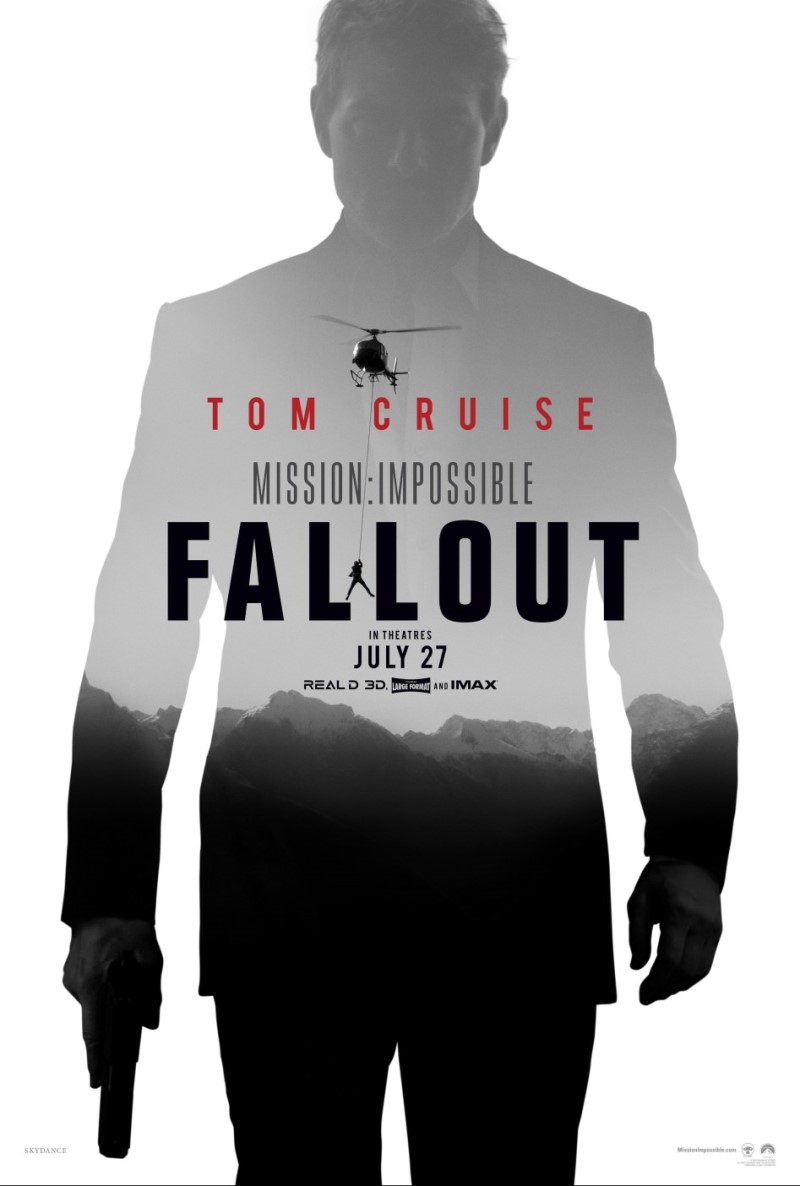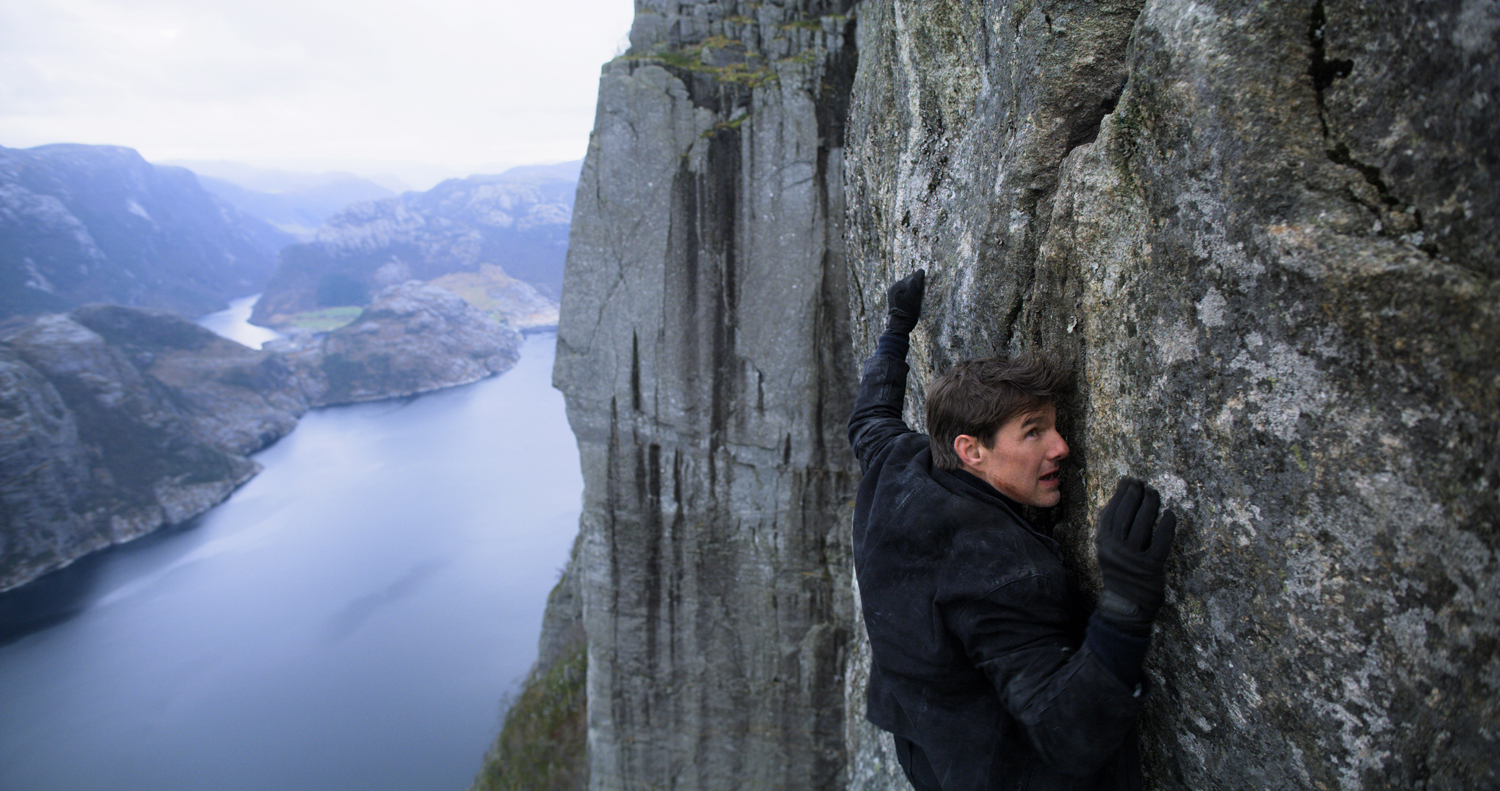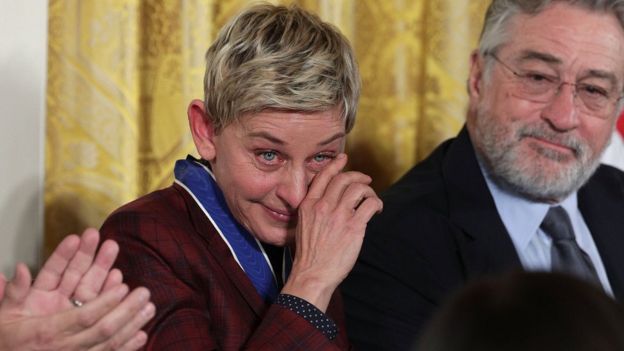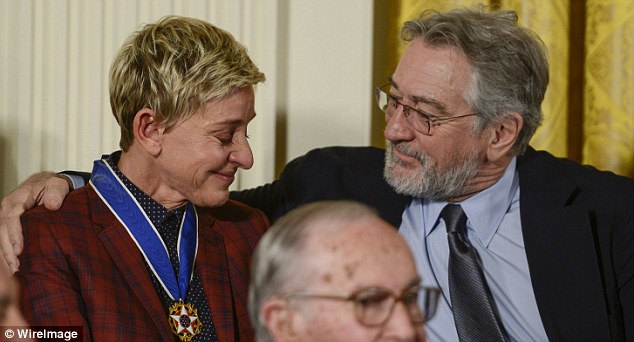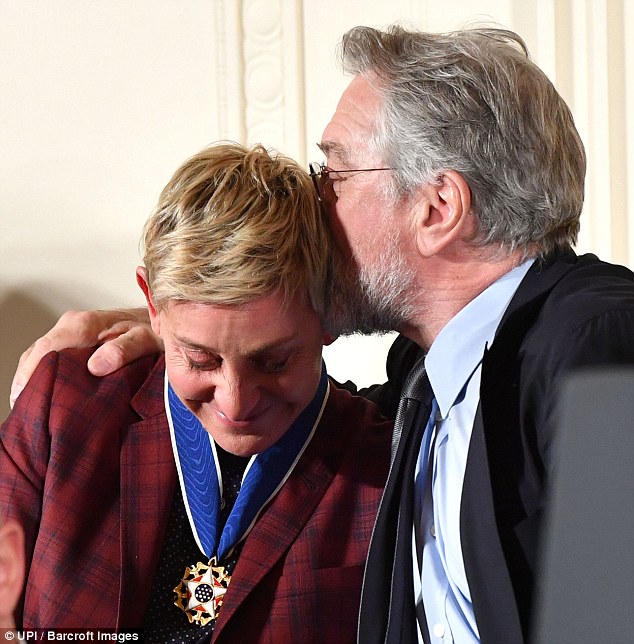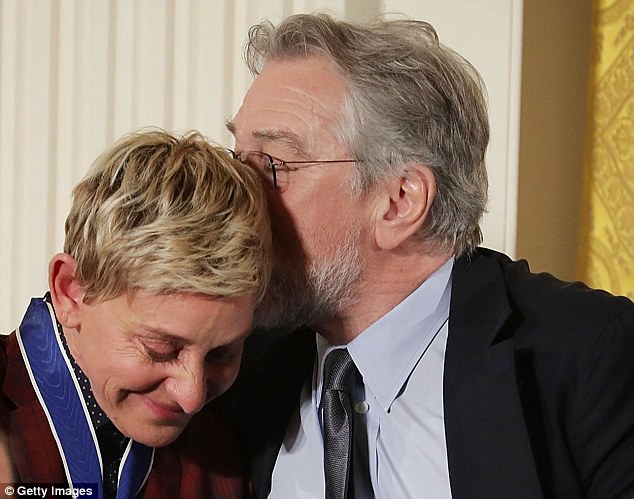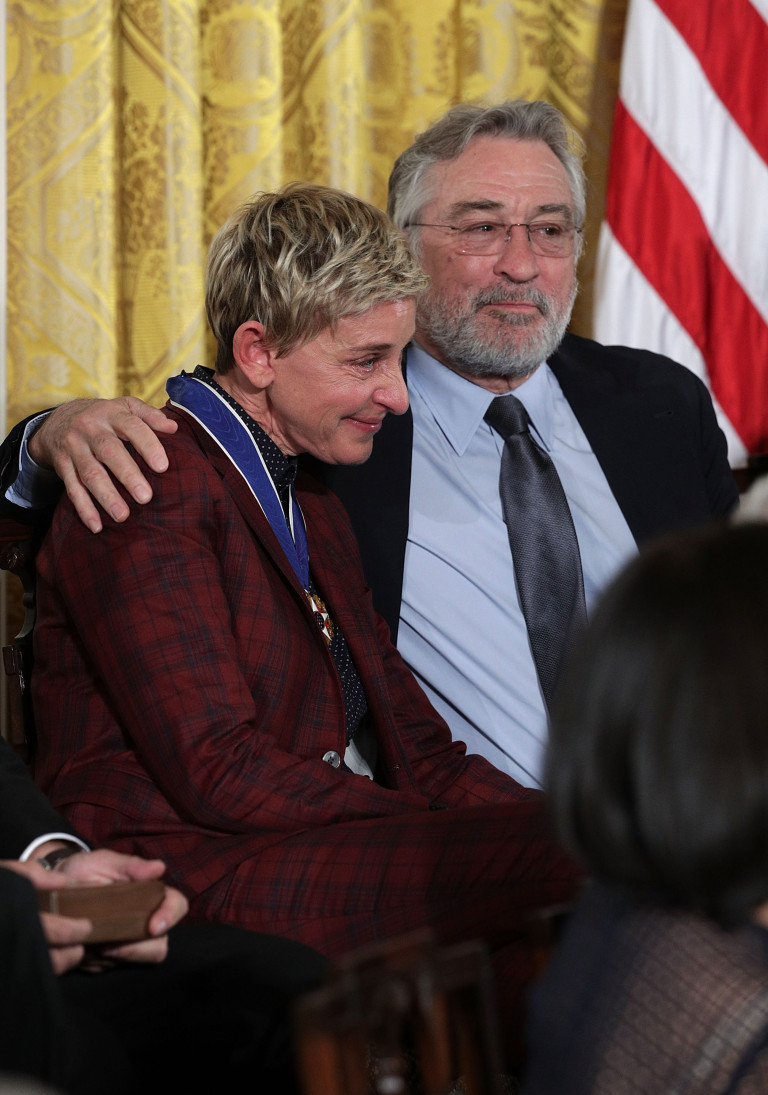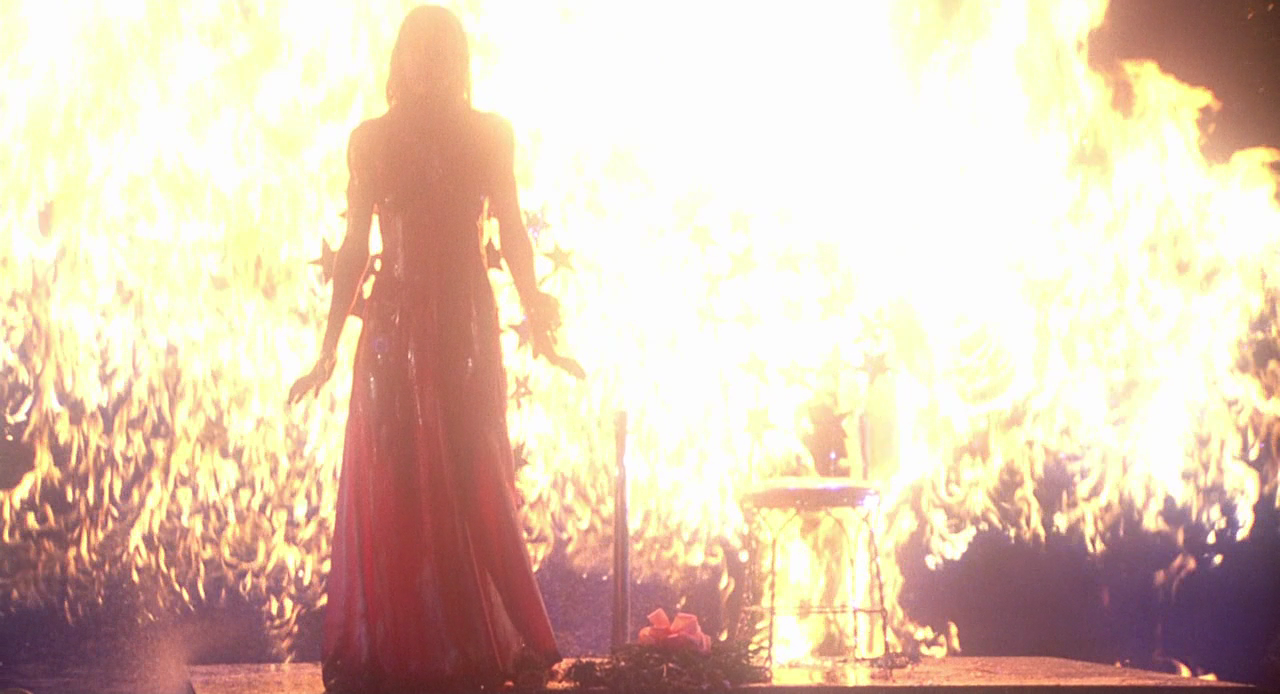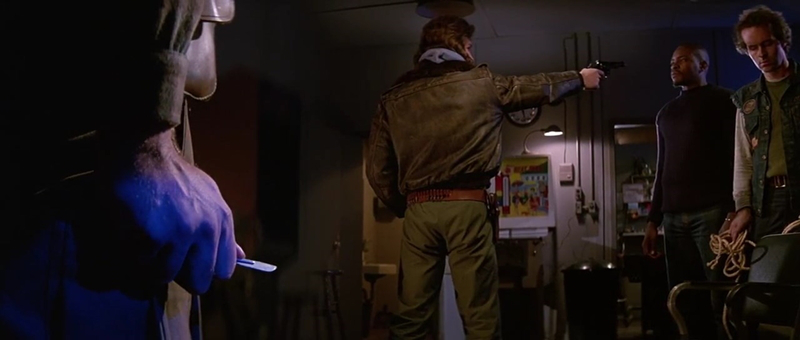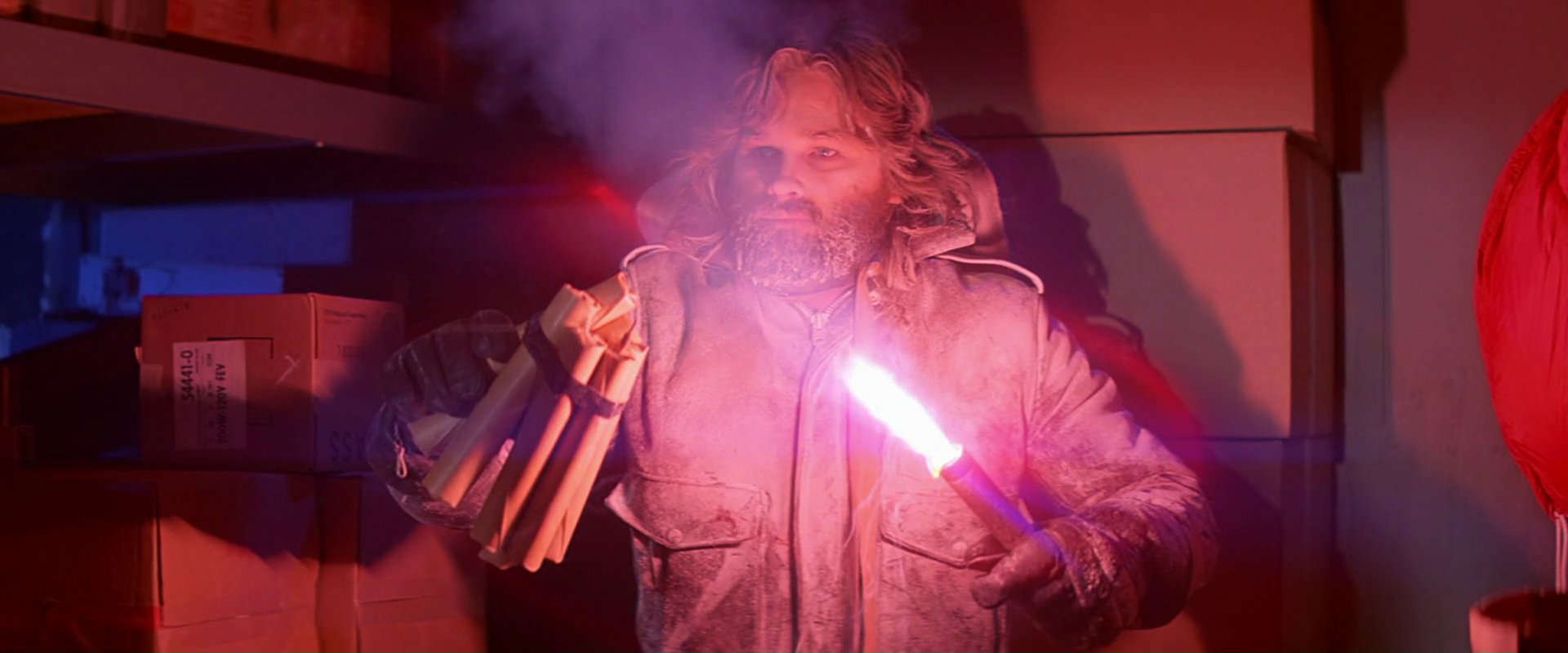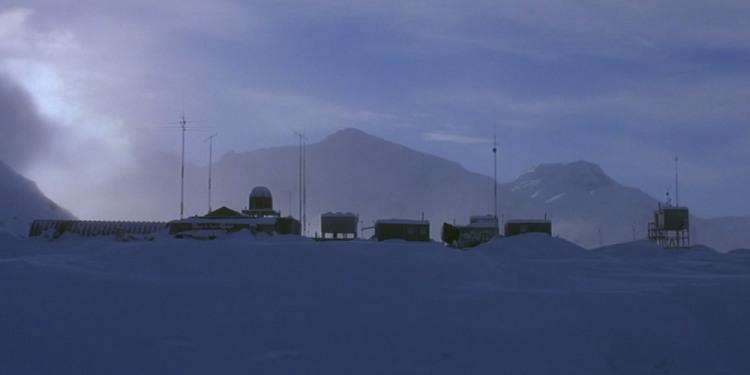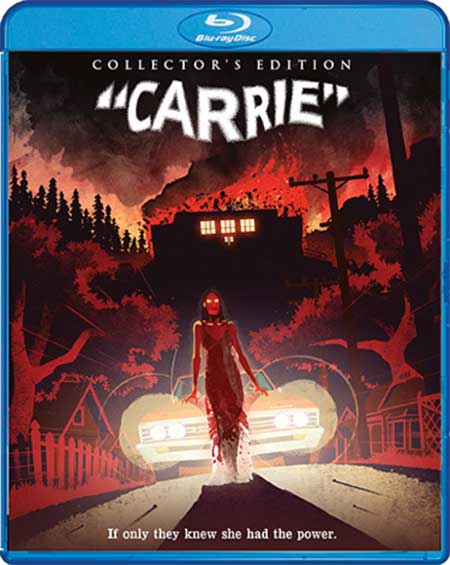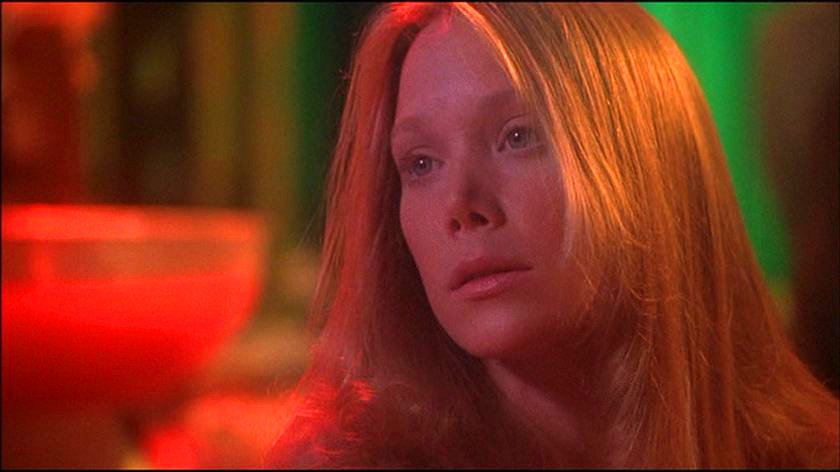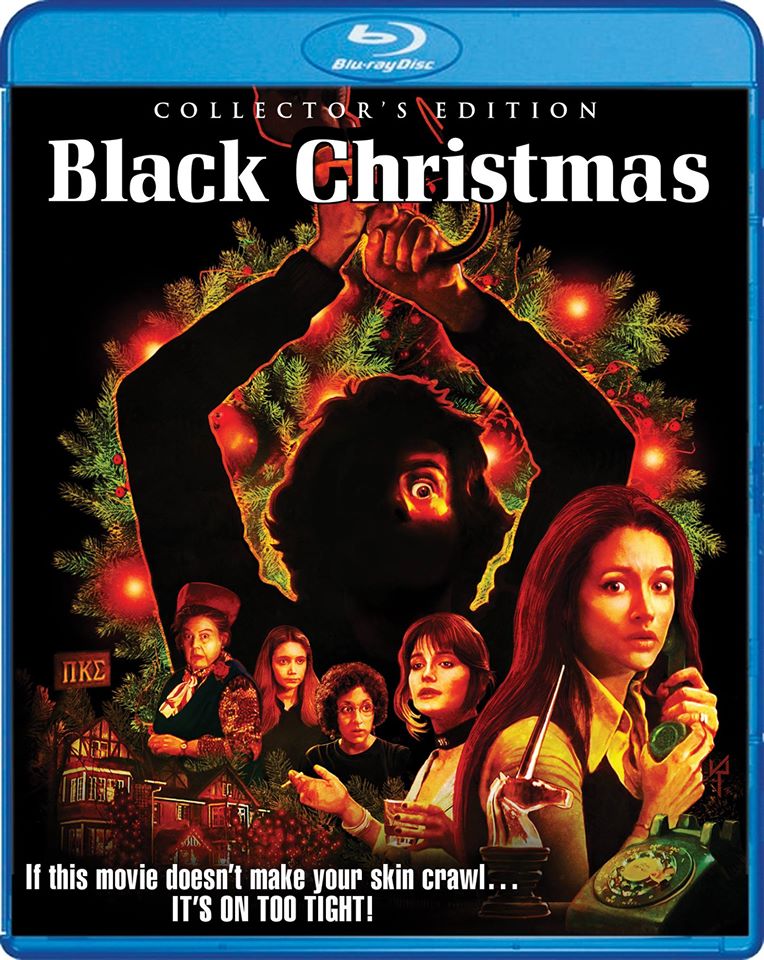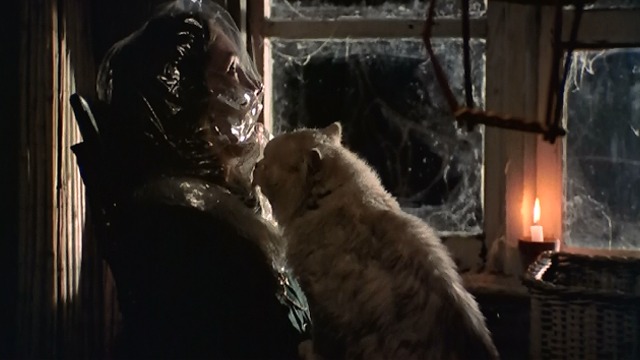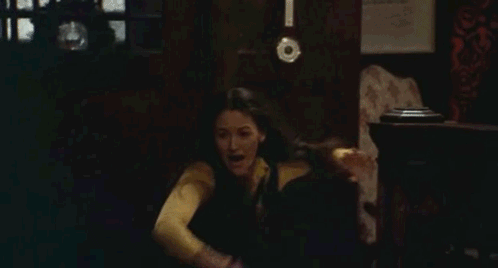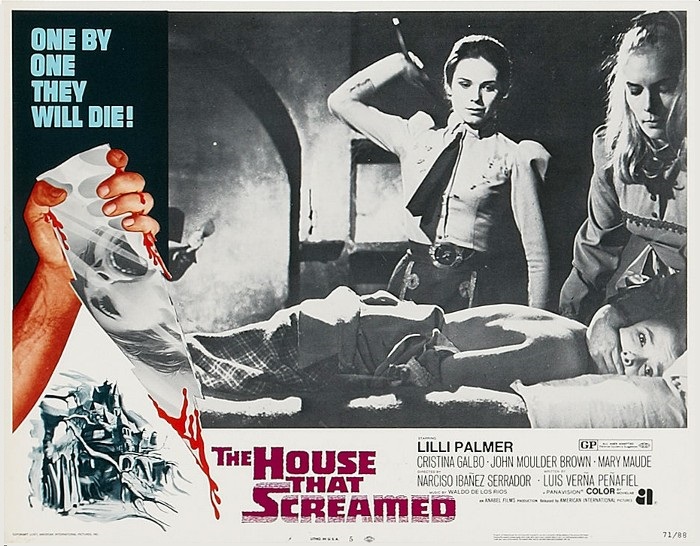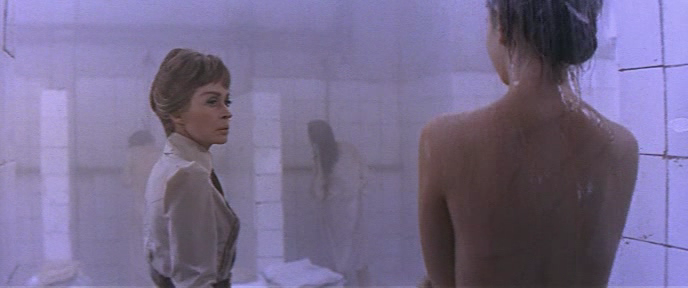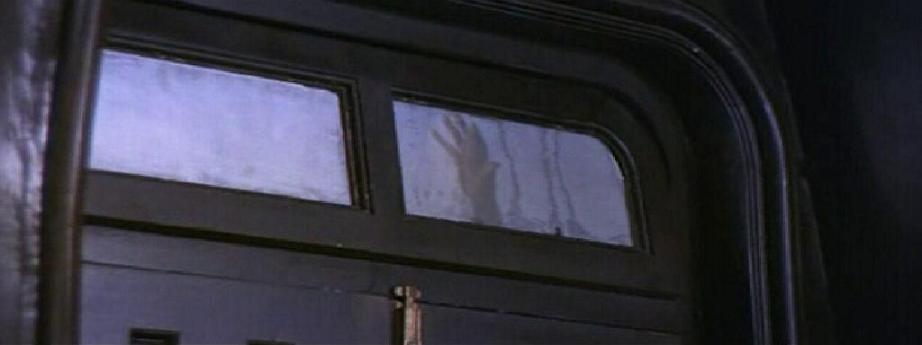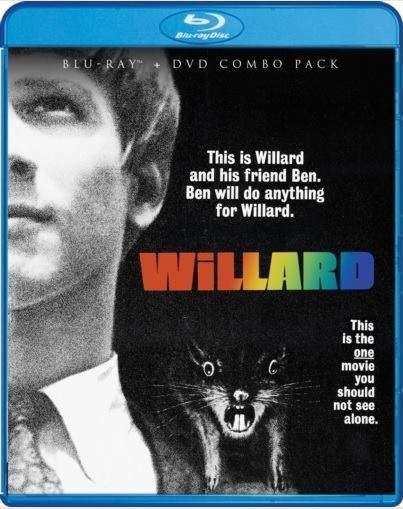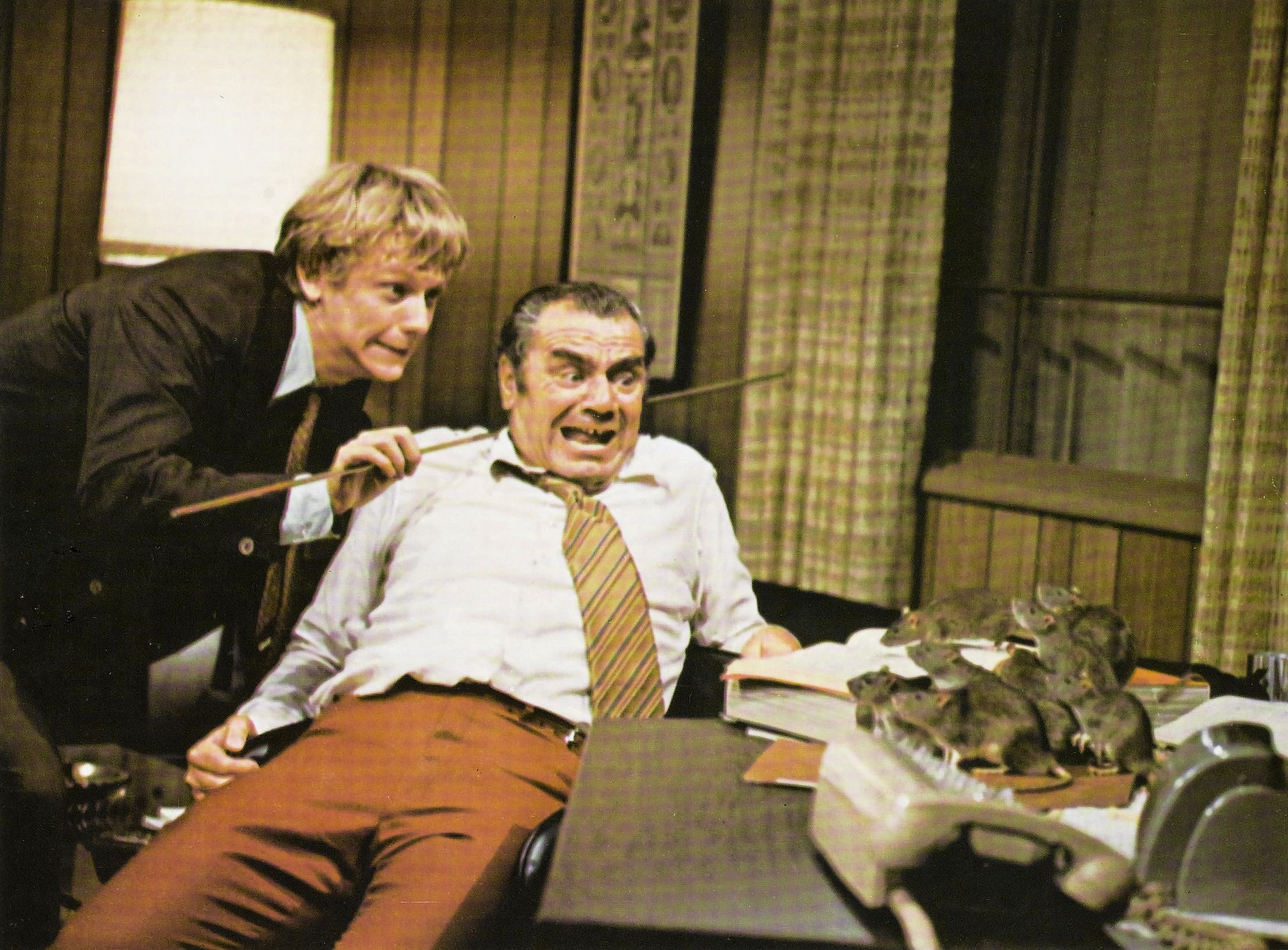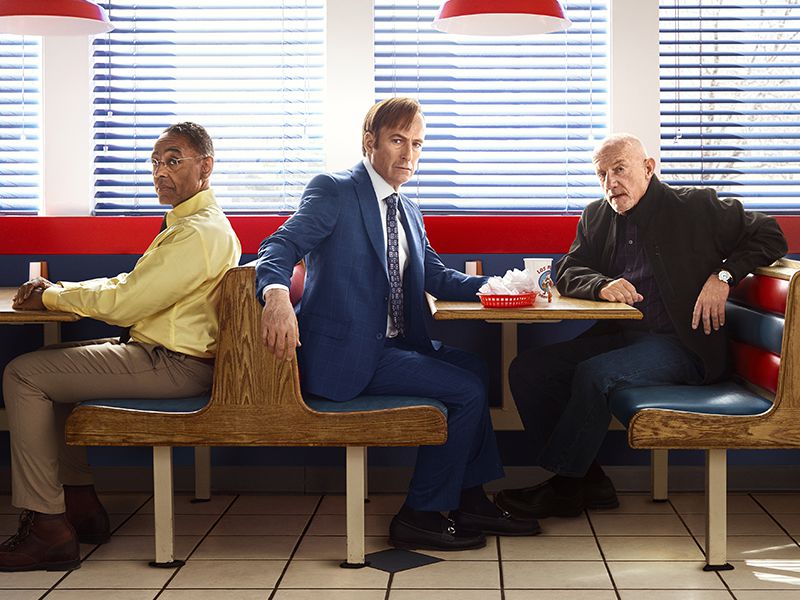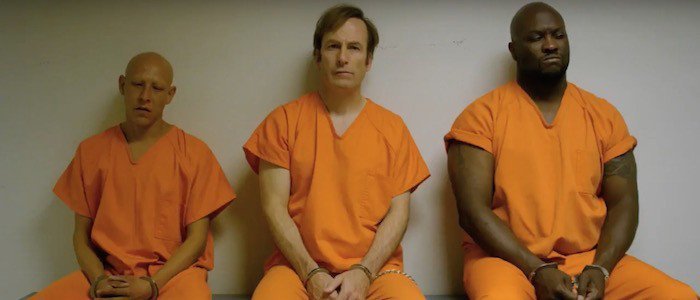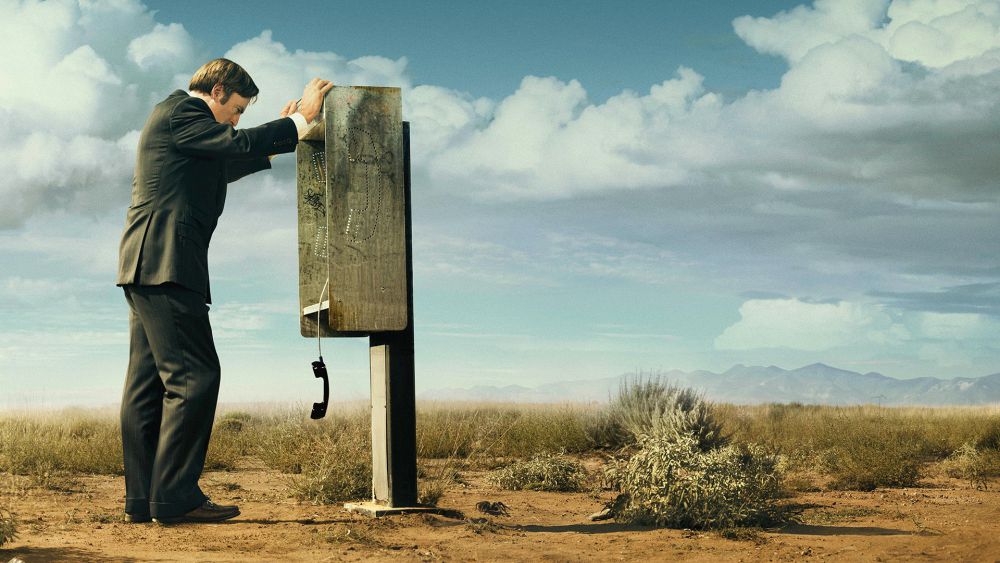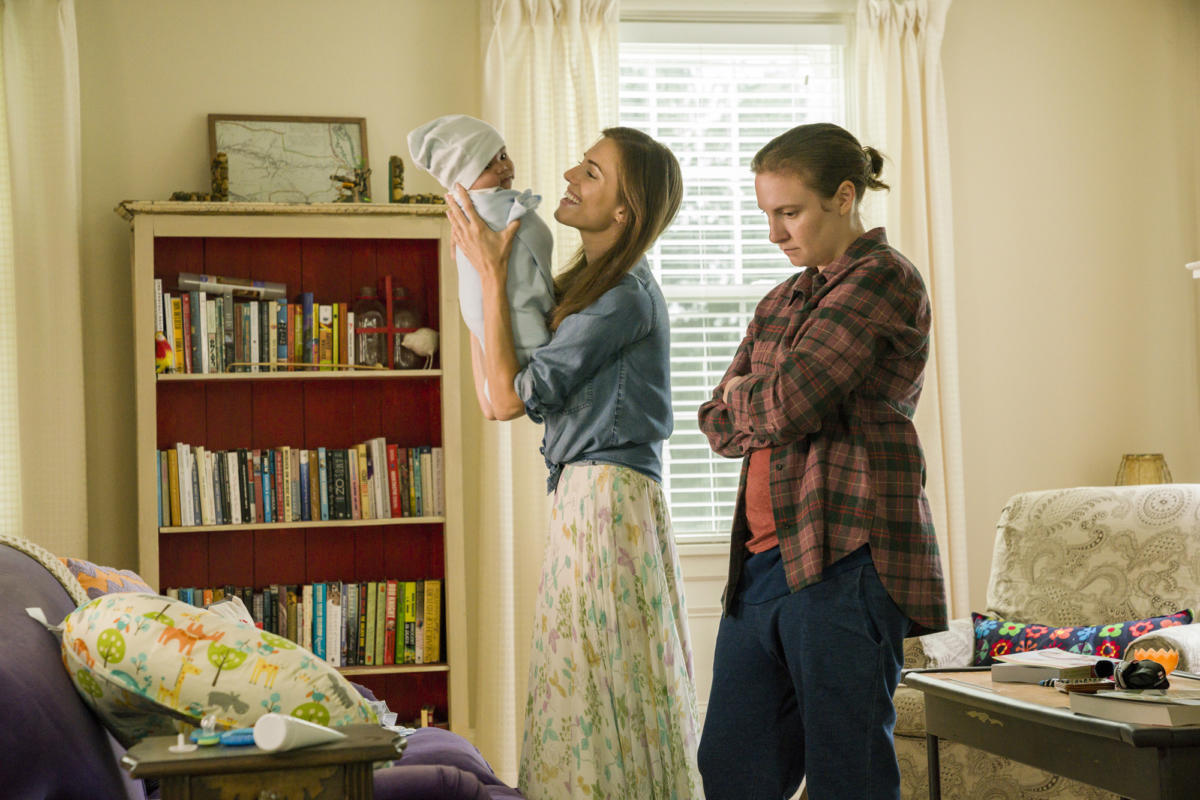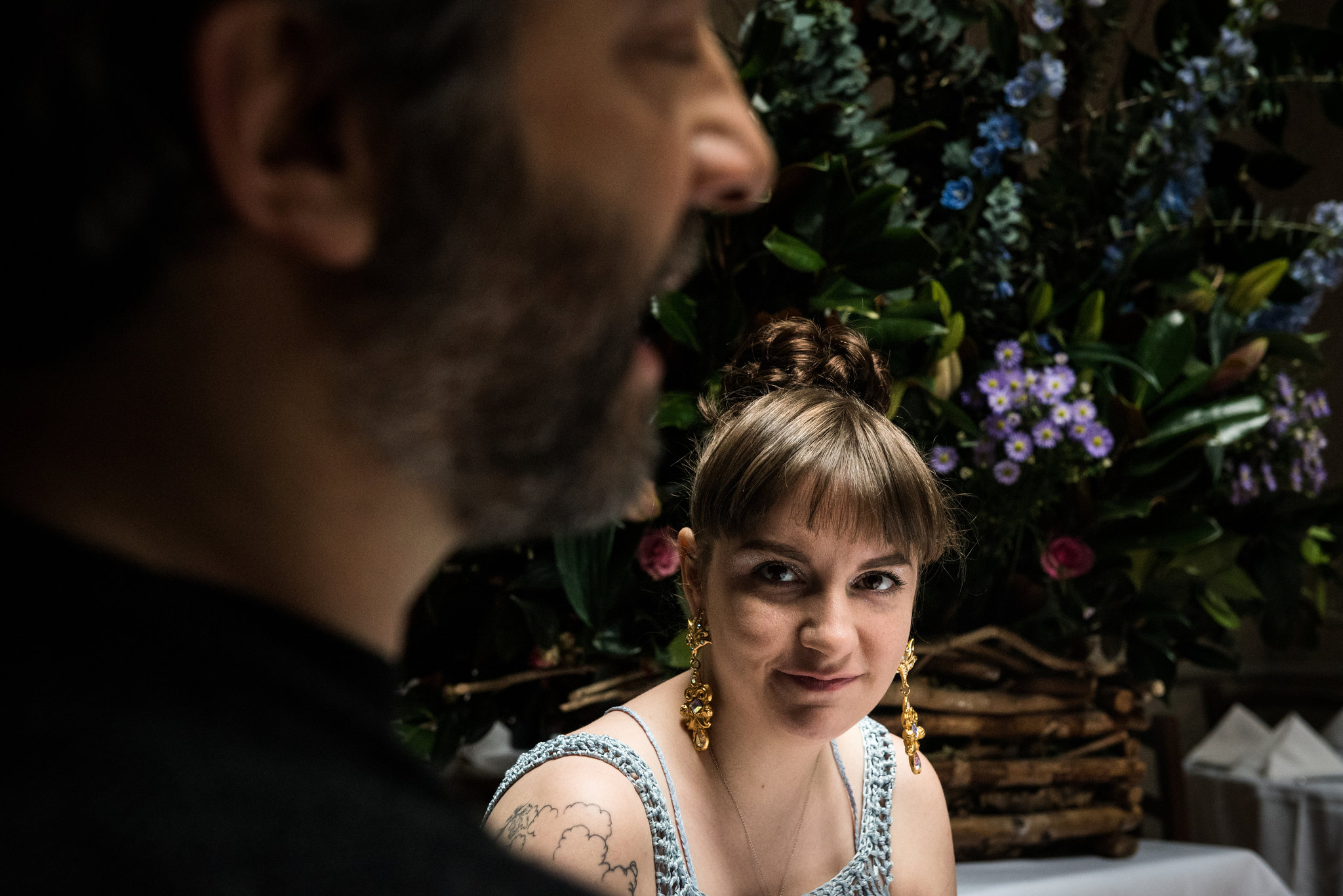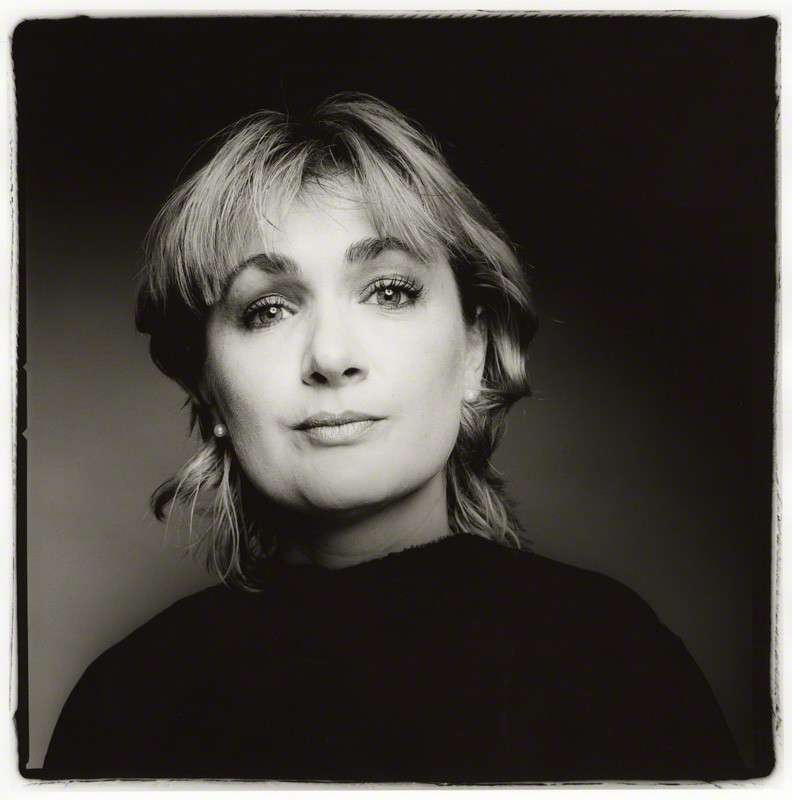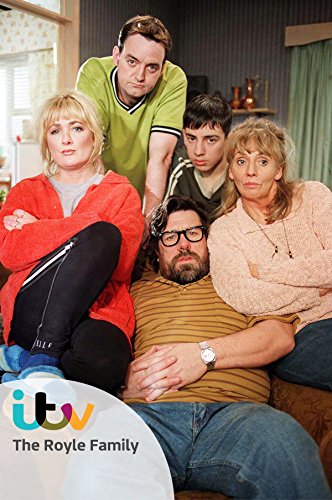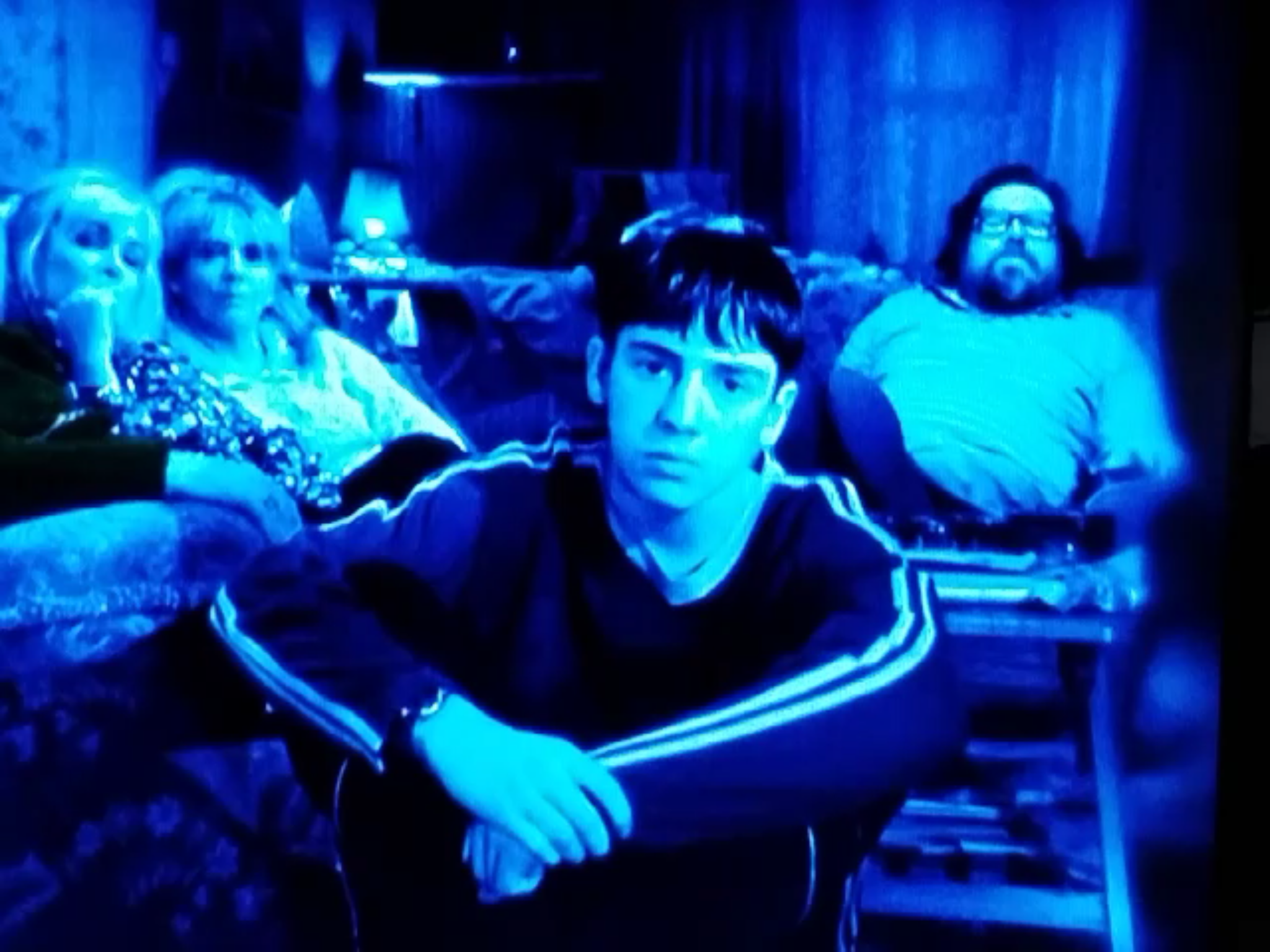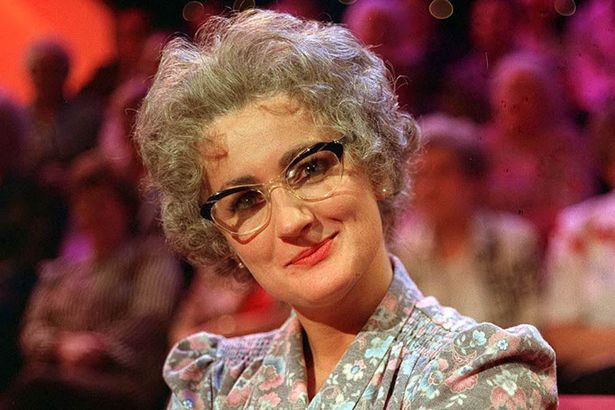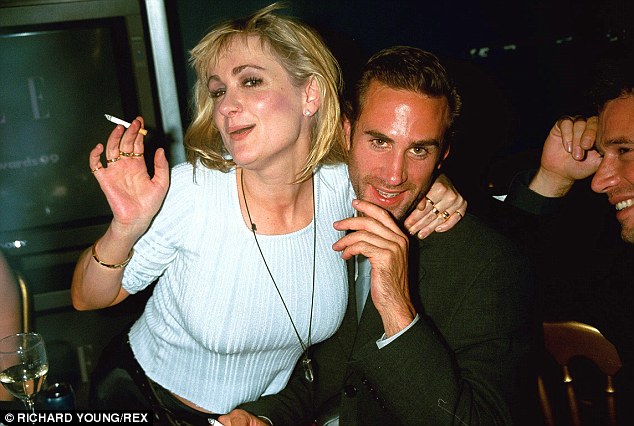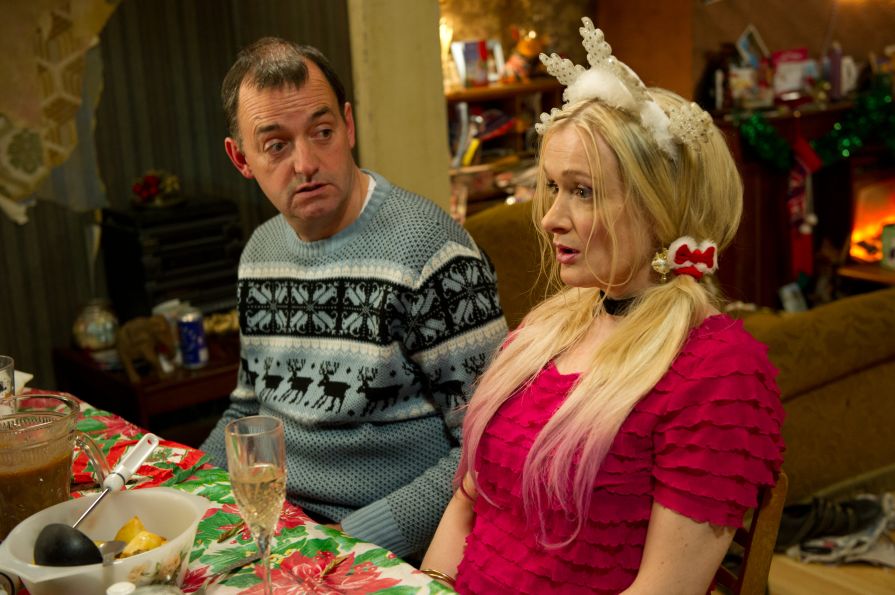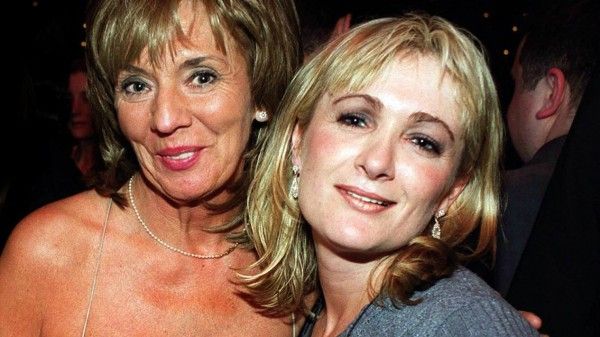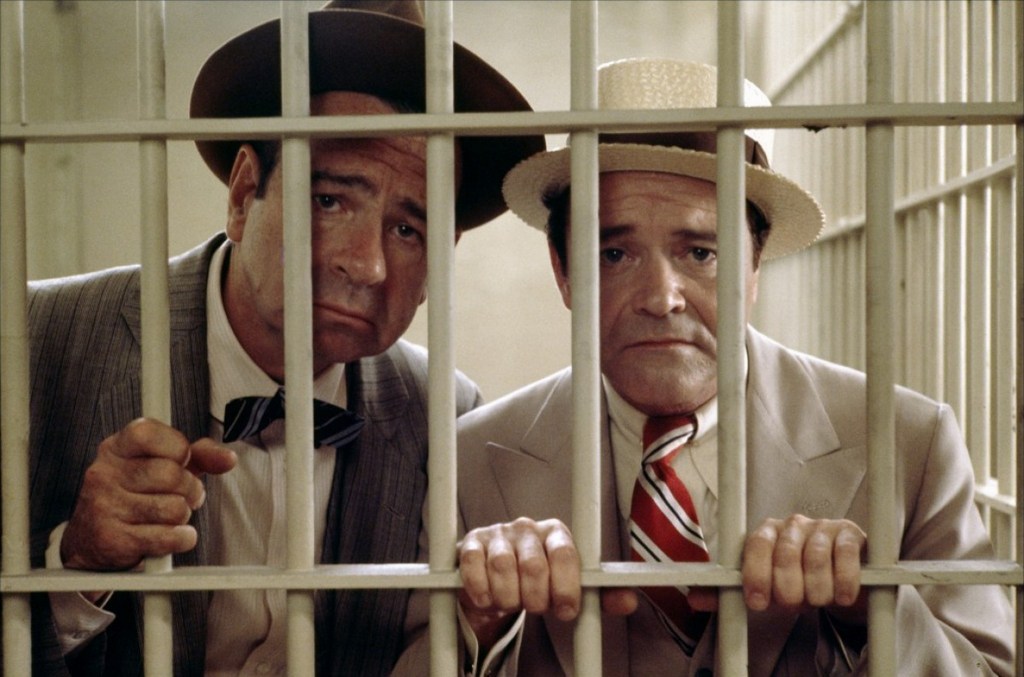
When I began this blog….oh, sometime back in 1934…my very first column was a rant complaining how the studios were so focused on the shiny new gimmick called Blu-ray that they were ignoring a lot of great films as yet unreleased on DVD. If you’re interested in cyber-archeology, that column is here.
I gave a Wish List of my Top Ten MIA titles that had never made it to disc. Most of the titles were pretty minor and obscure, flawed…certainly not classics, and all except two did eventually get released.
My second column was another rant (here), saying I resented having to re-buy my film collection again on BD, but that I almost certainly would in time.
Well, I did – and 386 Blu-rays later, here I am…
And the same damn thing is happening again!
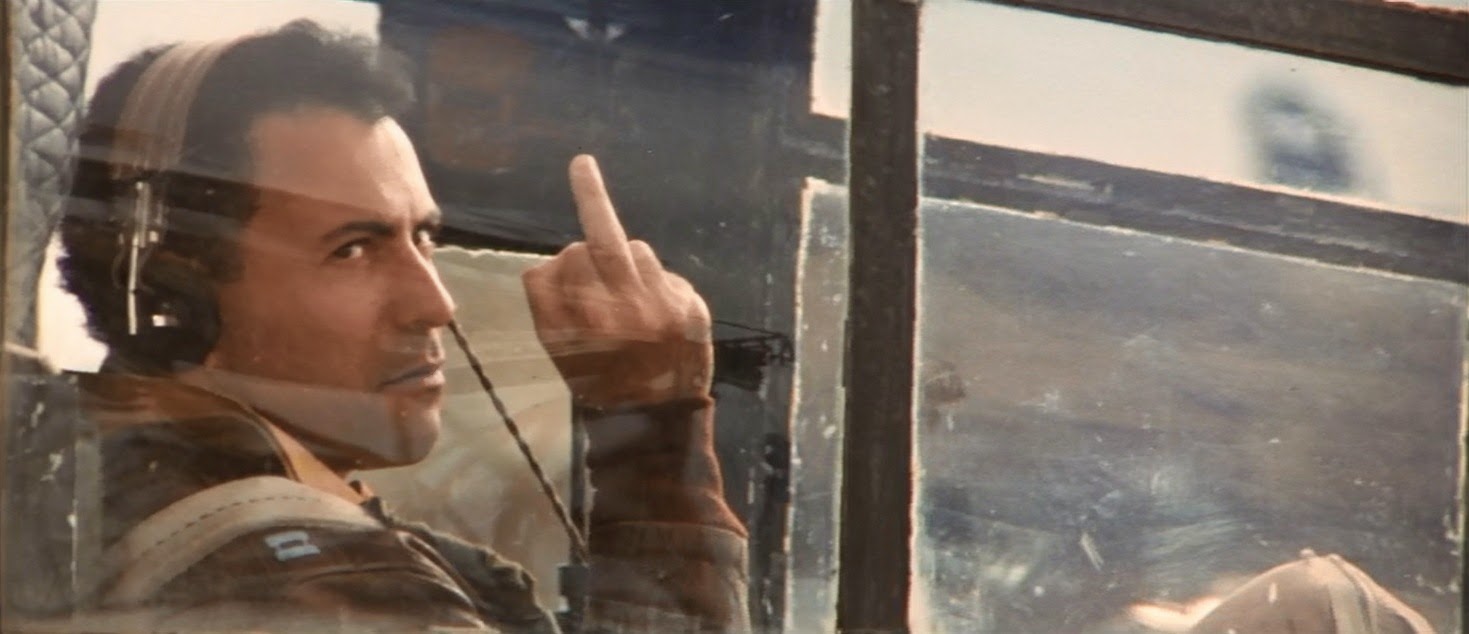
Ten years later, yet another format shift is taking place, with the studios re-releasing their biggest/newest titles in 4K or UHD, while once again slowing the release of their catalog titles down to a crawl.
And this time it’s not just niche films, but many well-known and much-loved titles – some of my all-time favorites – that are long overdue…
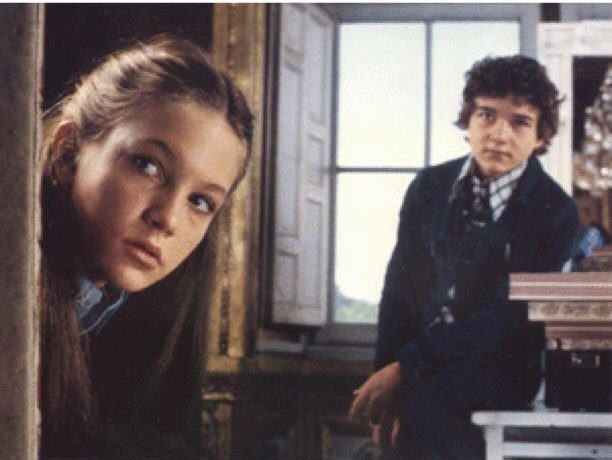
I get it, I do. The studios are going to try to re-sell and re-sell the same products – that’s their job! It’s my job as a movie fanatic to not keep falling for it and just be content with the format I have. And I am. I feel like Blu-ray quality is a perfectly suitable – and beautiful – resolution, and this upgrade really does seem like a narrow one aimed only at true AV fanatics.
In any case, my upgrading days are over. I’m done. No, seriously… First of all, I’m broke. I don’t even want to think of the not-so-small fortune I have squandered over the years on building and updating my collection; and with today’s options even I can see the common sense of being a little more picky about what movies I “need” to OWN.
All the photos included in this column are from movies that have not yet been given a quality US Blu-ray release…
How many can you name?

It’s true that I’ve said all this before…
And just like old journal entries, those initial blogs have more than their share of embarrassing and cringe-worthy declarations.
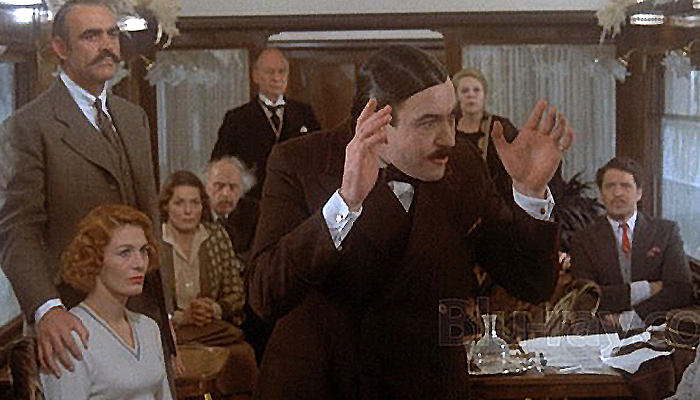
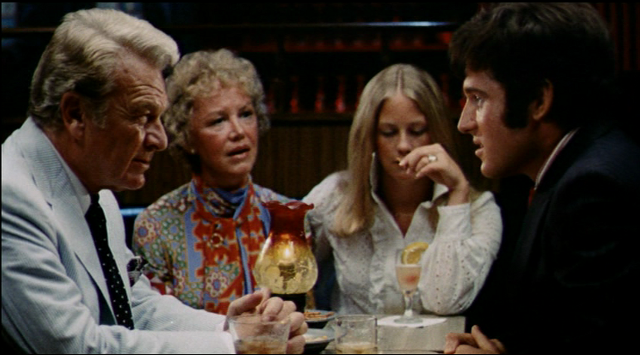

At the time, I complained Blu-ray was only a “slightly improved format”. That, obviously, was just stupid. As televisions grew bigger and bigger, the Blu-ray upgrade literally became crystal clear. My only defense is I just didn’t have a sophisticated or large enough system back then to appreciate the leap in quality. I could foresee that TV screens would “go widescreen”, imitating the cinematic aspect ratio, but I had no idea the screen size would be such that we would all end up with actual cinemas in our living rooms! My friend Lou has an 80-inch screen and watching movies on it – in the comfort of a recliner, no less – is pretty much the closest thing to movie heaven I can imagine.


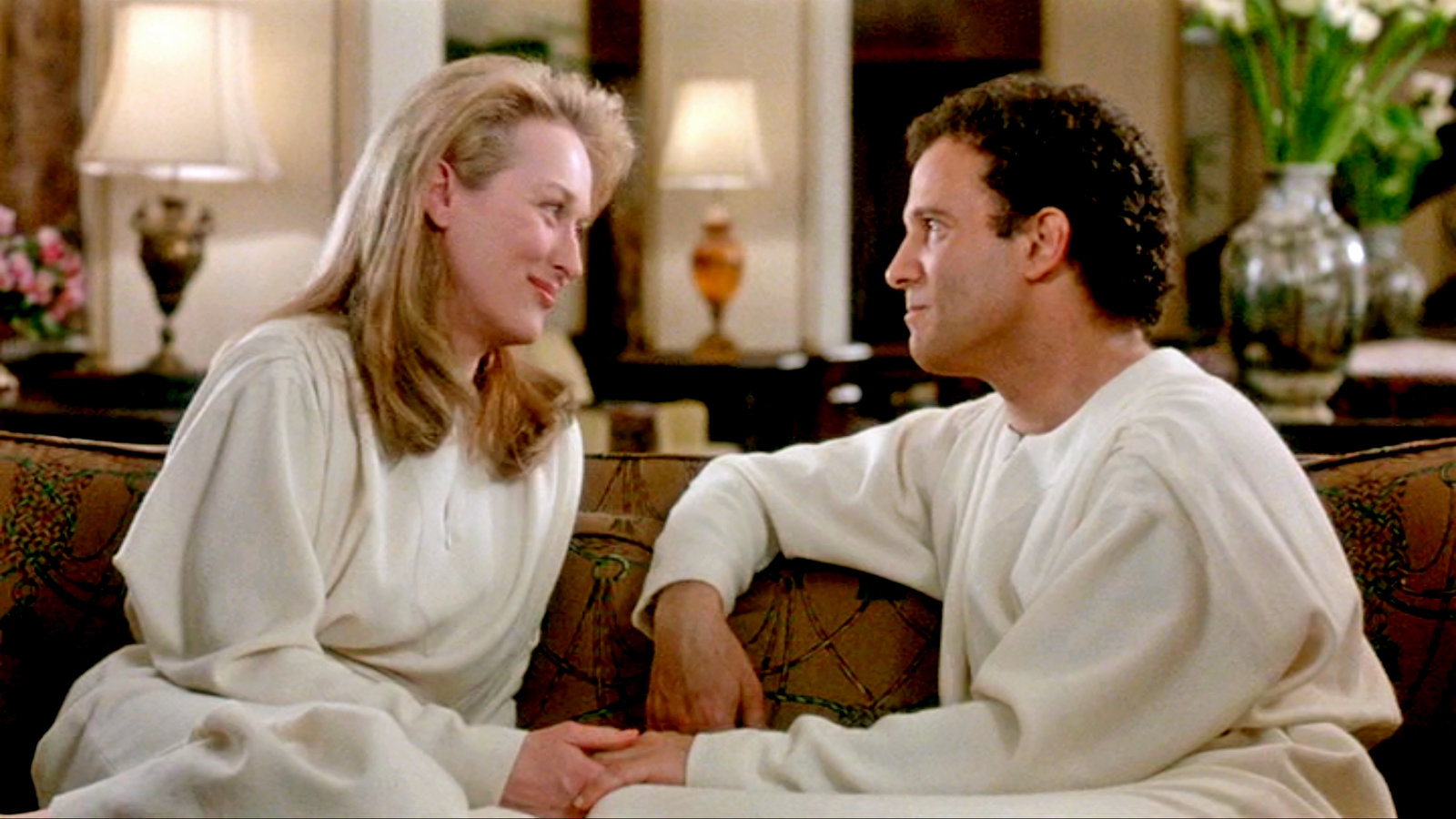
I also complained about everything from High Definition exposing too much of the film grain, mistakes in special-effects or make-up, all the way down to how the uniformly blue cases ruined the eclectic look of my movie shelves.
I’m not afraid to say it… I was an idiot.
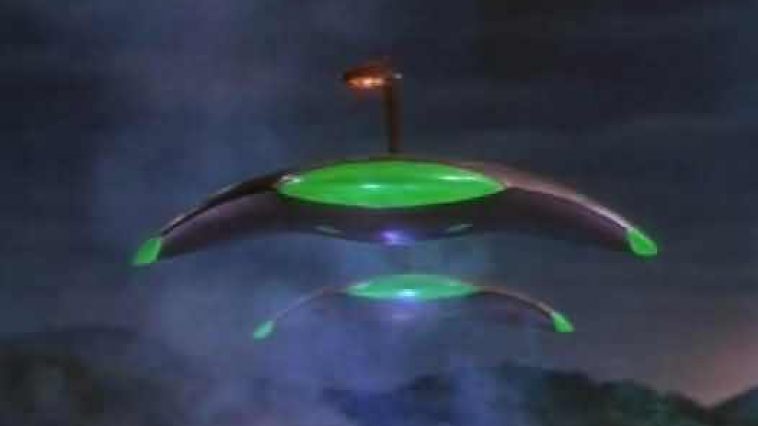
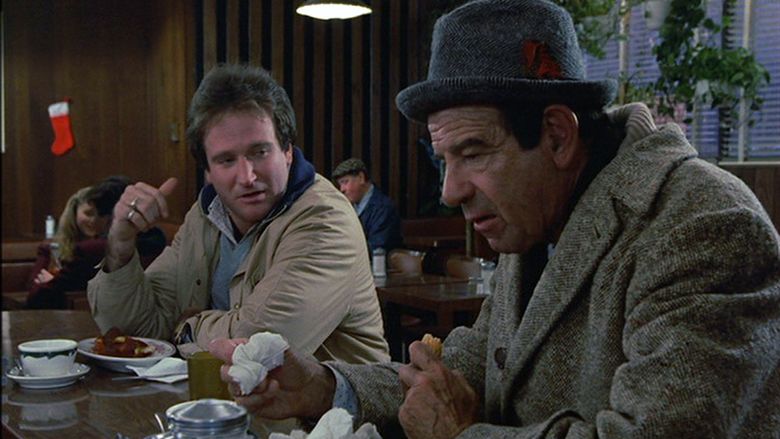

But my basic complaint of having to rebuild my collection yet again was totally rational and justified – if a little naive…
Now, as physical media in ALL its forms really does appear to be dying off, the studios realize this might be their last bite at the apple. The catalog titles that are being released are averaging between $20 and $30. This has me making a habit of going back and watching my DVD copy and asking myself if I still feel the same way about the film, if I should upgrade at all. A surprisingly long list of movies have not survived the cut, including: Where Eagles Dare, Wolfen, The Ninth Configuration, The Reivers, Bedknobs & Broomsticks, The Trial Of Billy Jack (oh boy), Husbands & Wives, The Russia House, and most recently, Mikey & Nicky – which I once thought was a cool little art flick, but now just plays like a complete mess. There’s a weird mixture of heartbreak and liberation when you realize a film is not as good as you remember it, no longer requires ownership. It’s cleansing though. I recommend it. I suggest everyone put their all their old titles – most of which, lets face it, we haven’t seen in years – through a similar gauntlet. Whittle your collection down to the essential; the films that you have to own. The reasons don’t have to be rational, just deeply felt, and yours.
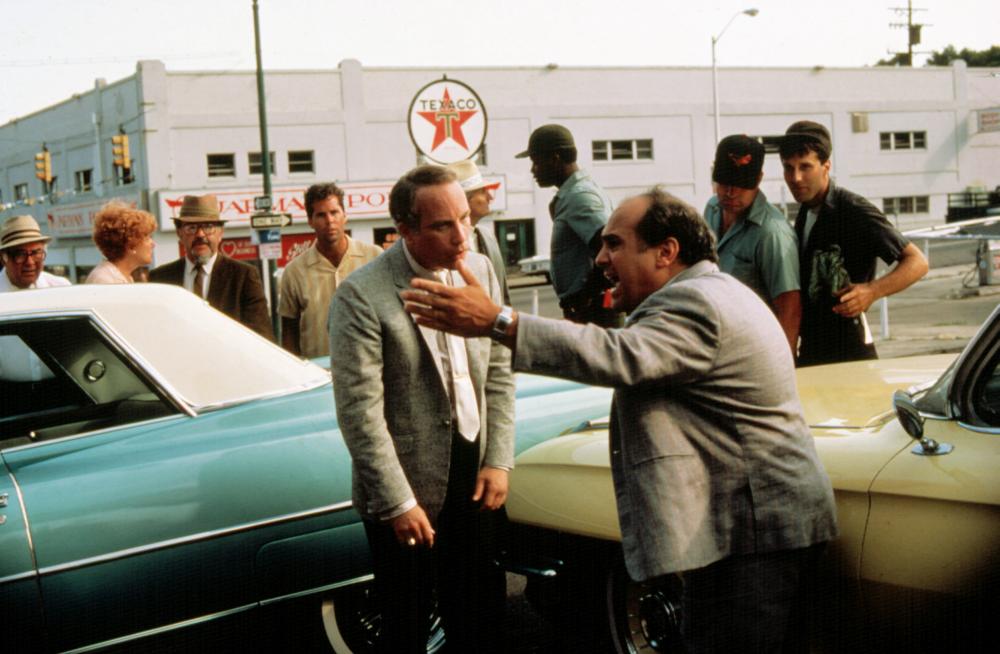
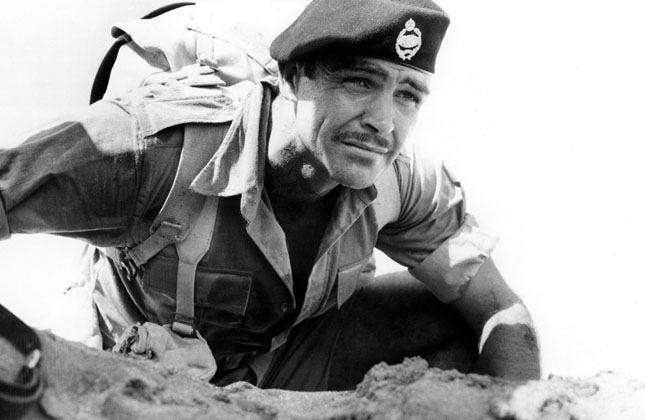
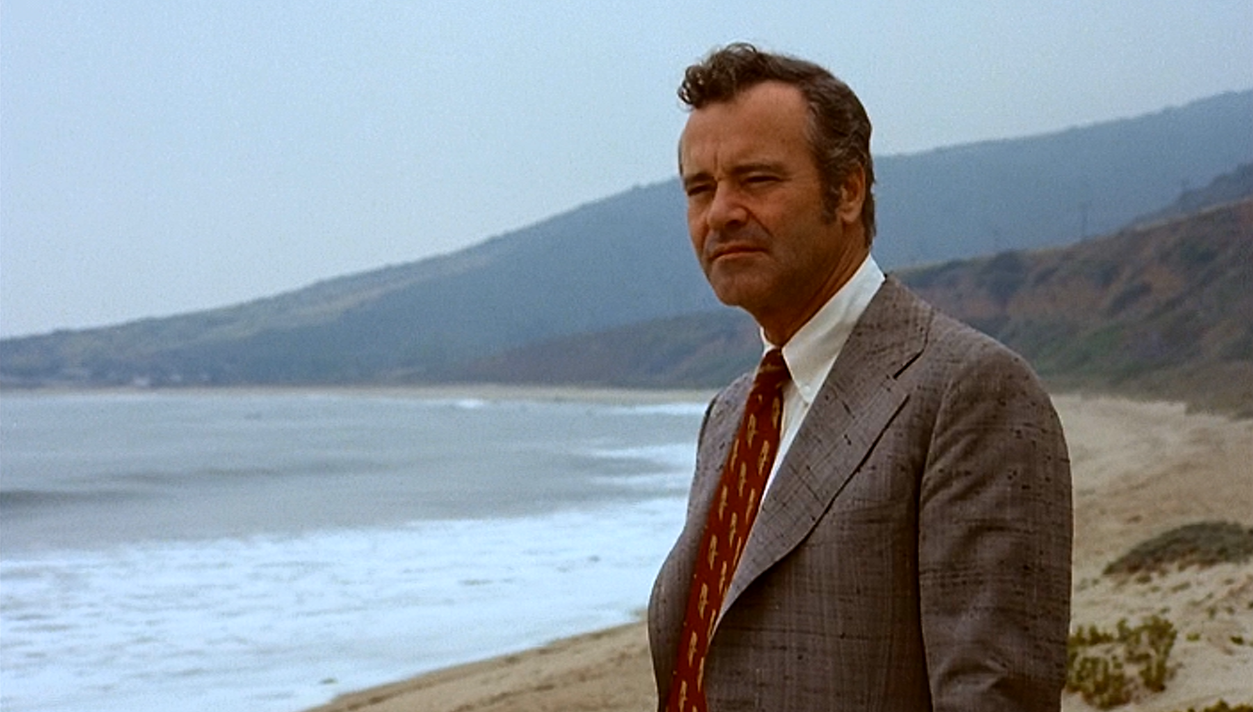
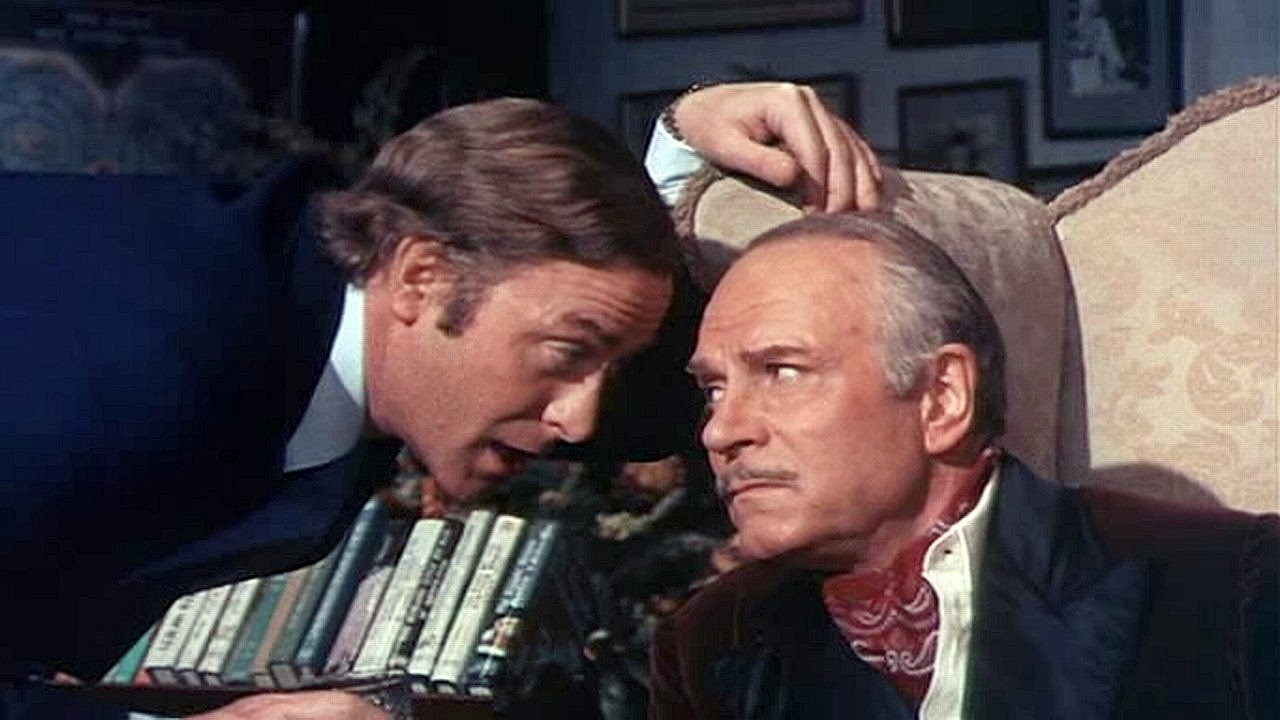
More than ever, I understand the appeal of having a “digital library”. For starters, I wouldn’t need a shitload of boxes and a pick-up truck every time I move. And negotiating shelf space becomes more and more of a Rubik’s Cube. But I still love being able to look at the titles I own all lined up together and run my finger along their plastic spines. It makes picking out a movie to watch on a moment’s whim feel tangible and like the special privilege of ownership. Using a remote control to scan down a list on a screen and pressing a button just doesn’t feel the same – just as reading a book on a Kindle, though perfectly fine, is not the same as turning the pages of a real book. No, I like to feel my collection is a real curated autobiography that takes up an actual corner of my room.
I’m of that generation that didn’t even have VHS until I was 18-19. The idea of being able to watch any movie (or season of a TV show, for that matter) anytime I want still fires off endorphins for me, it’s still a small thrill.
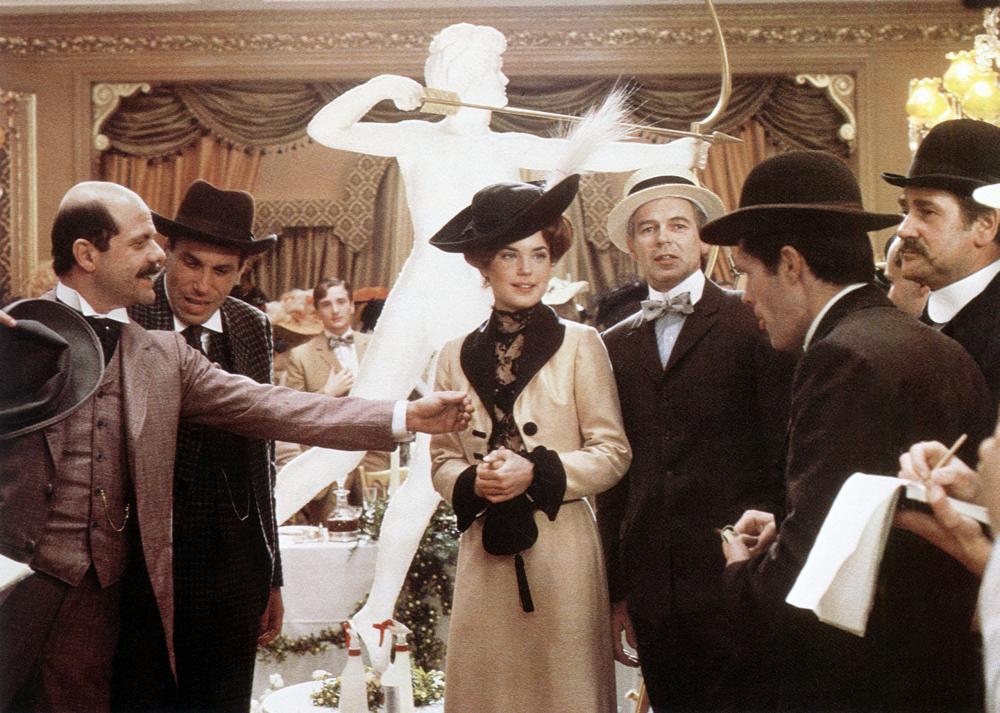
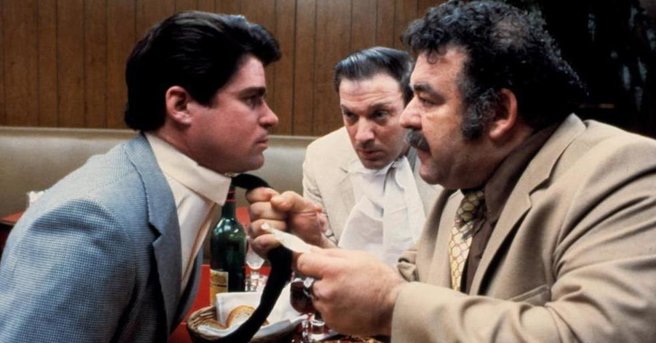
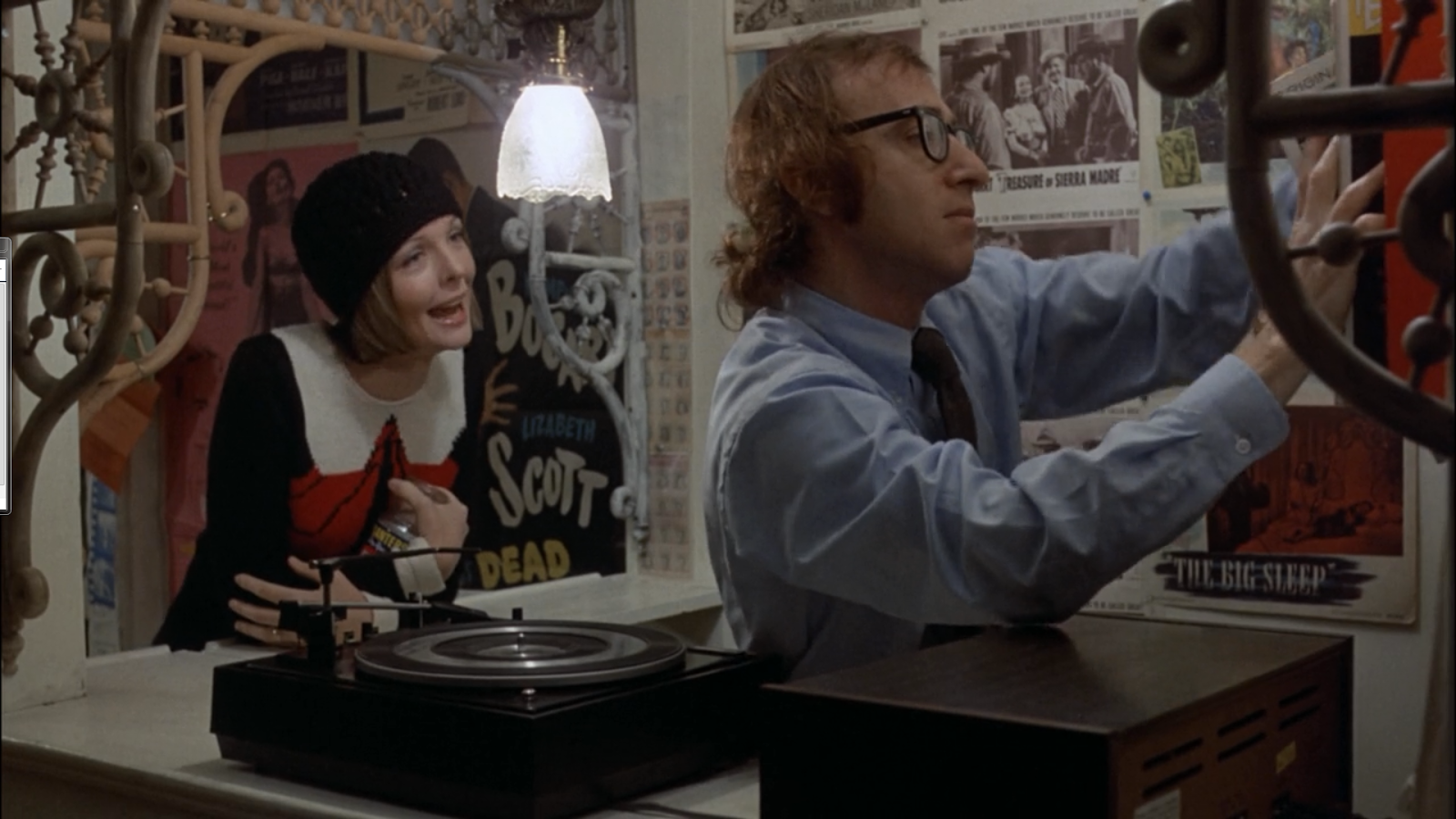
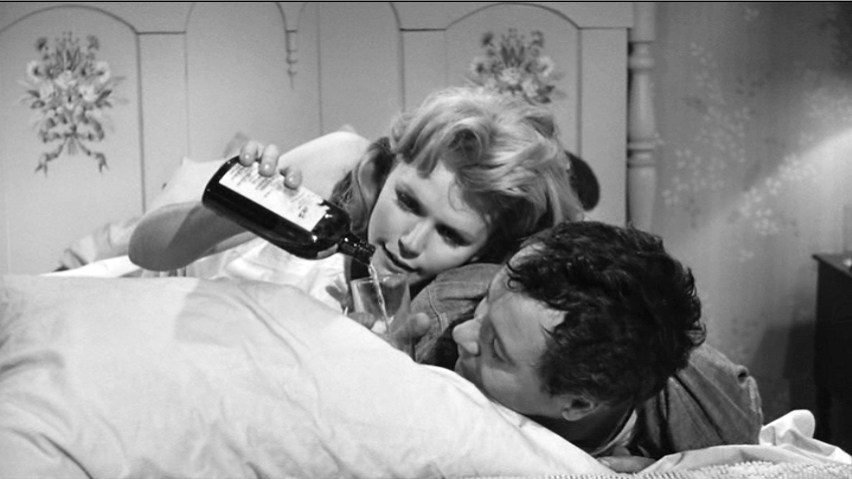

Obviously, younger people who have always had “content” just a double-click away have none of that feeling. And why should they? They know it will always be somewhere when they want to see it…on a streaming service, at a Redbox, or On Demand. I get it. It’s a complete paradigm shift. But while it makes complete sense to me intellectually, I just don’t feel it in my bones.
I guess I’ll always have one foot in the 20th Century.
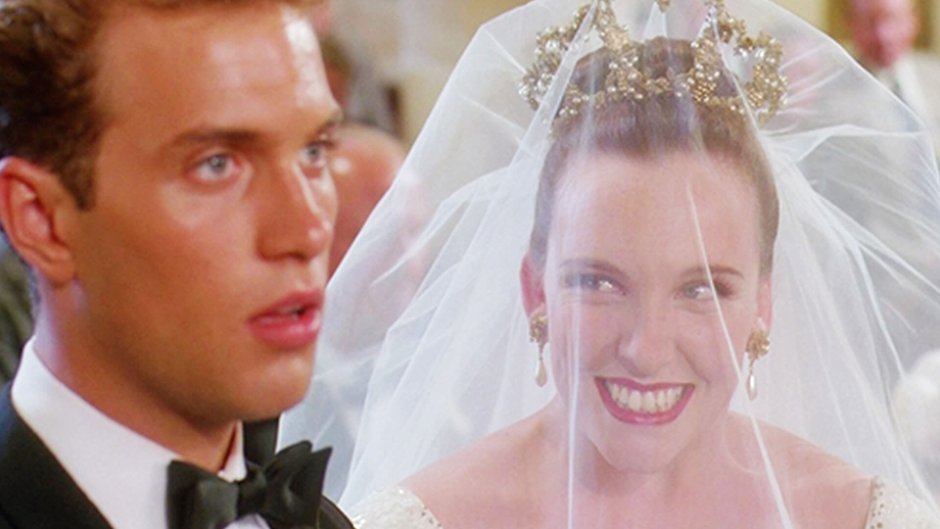
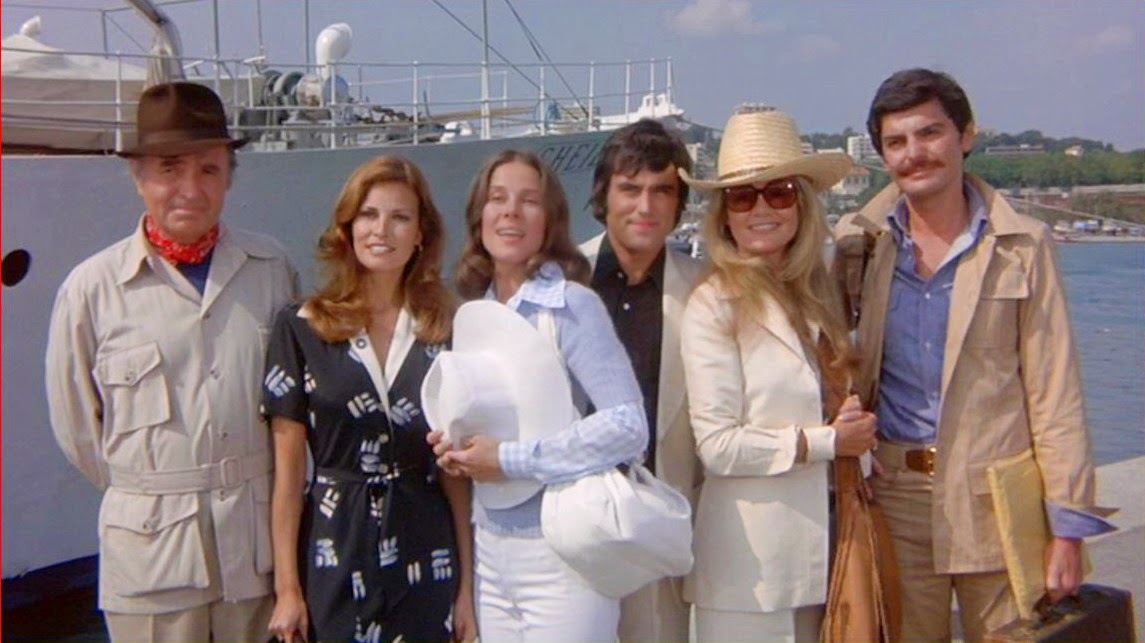
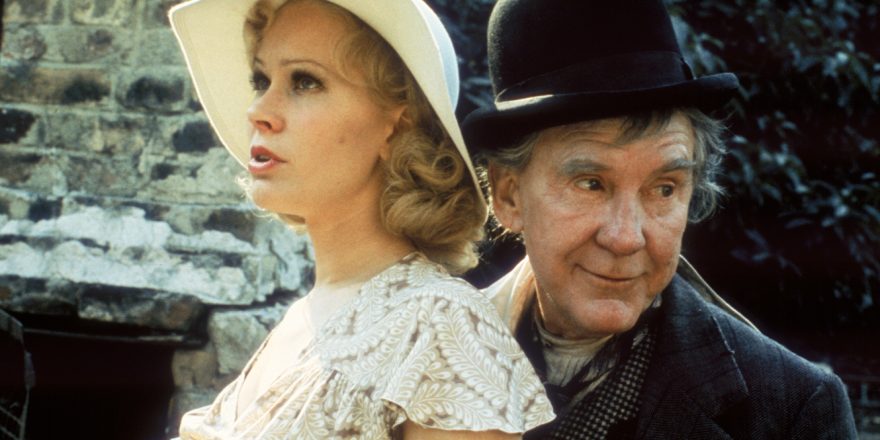
So… Time’s up. How did you do?
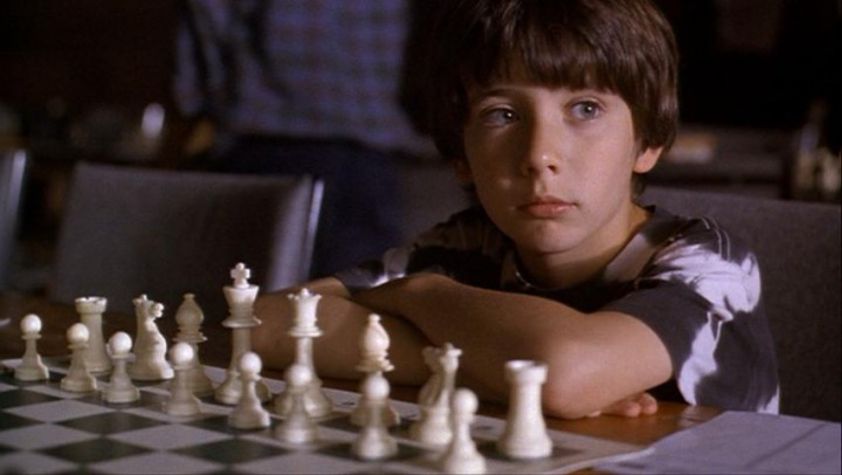

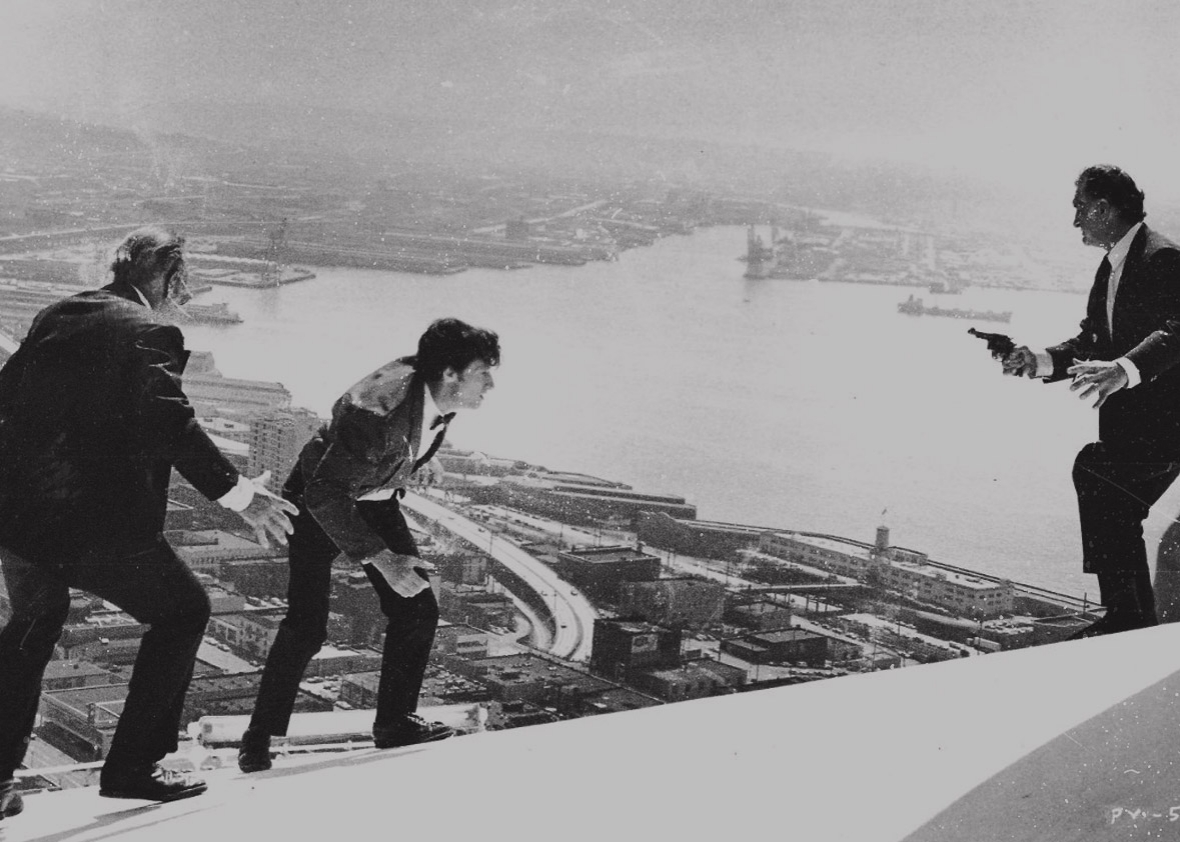
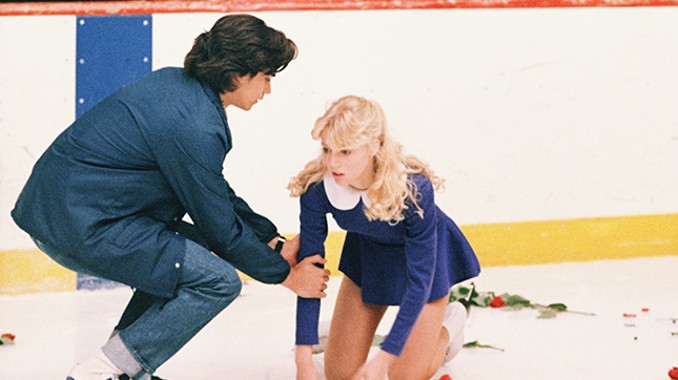
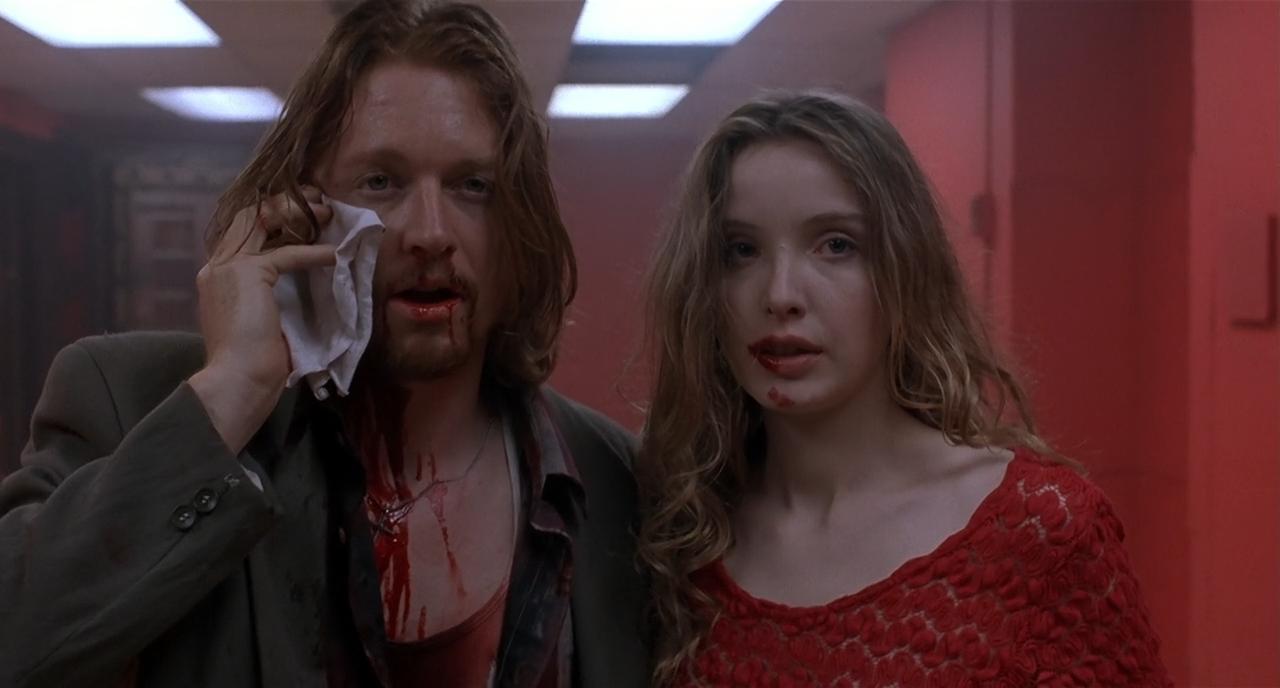
Can you name all these MIA movies? Oops, a few more…
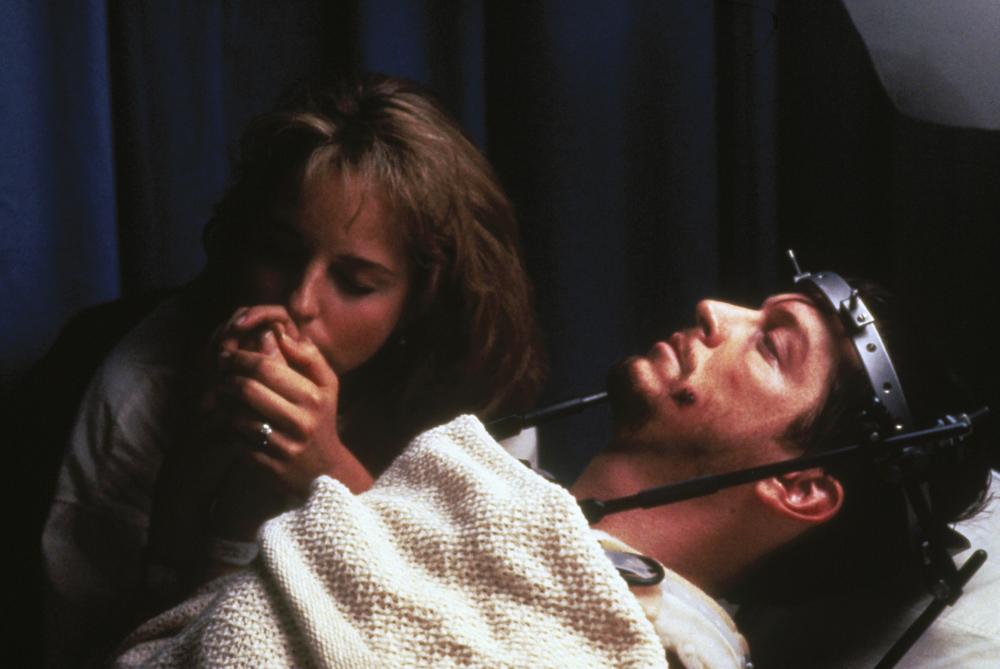
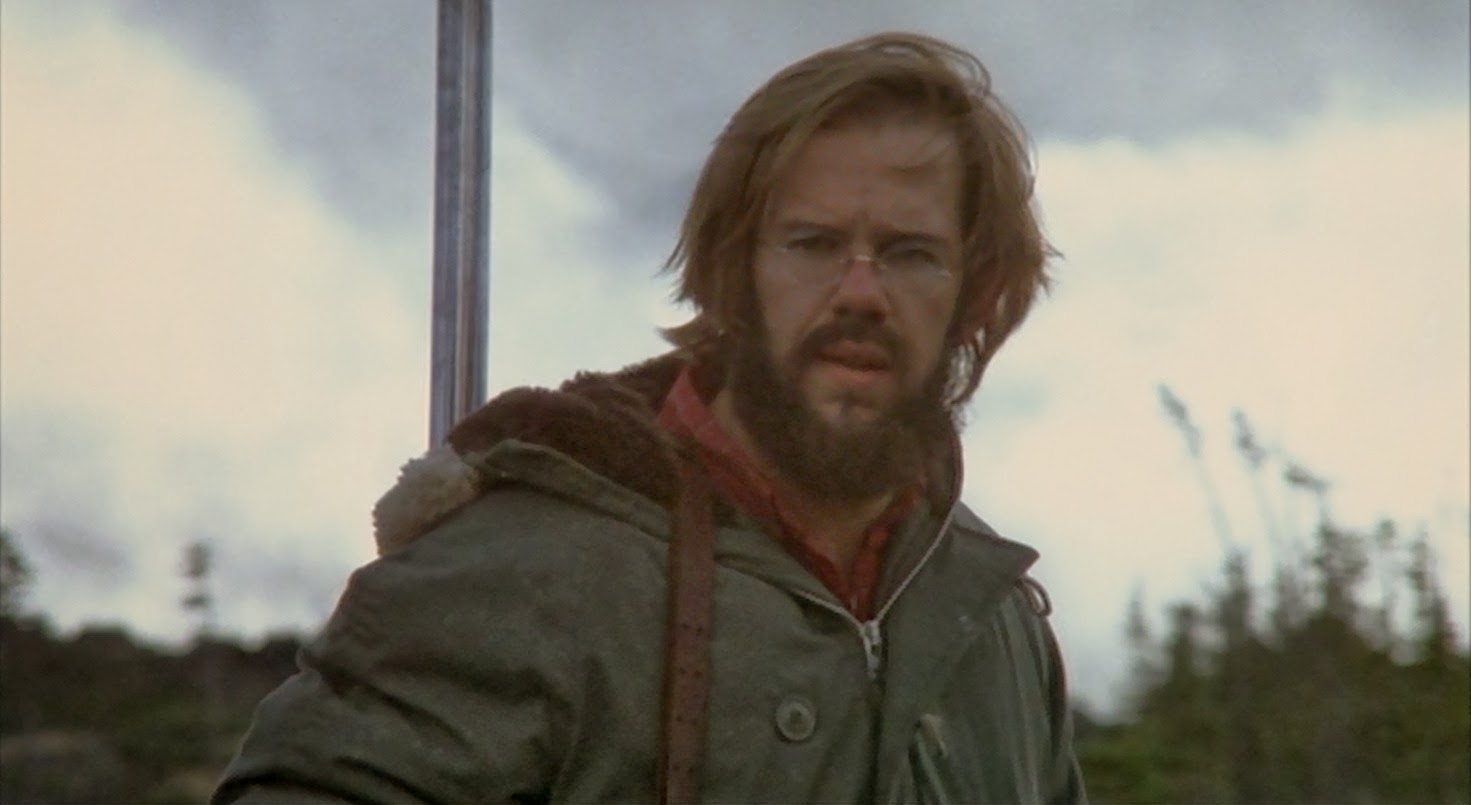
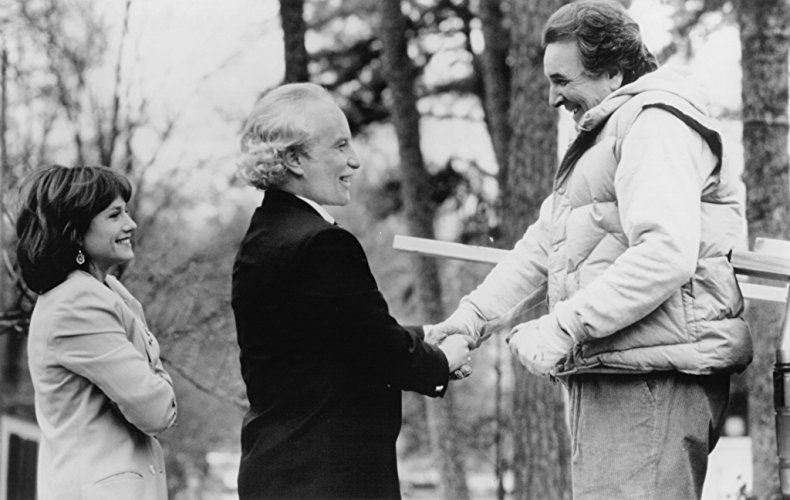
Okay, okay, just two – no, three more…

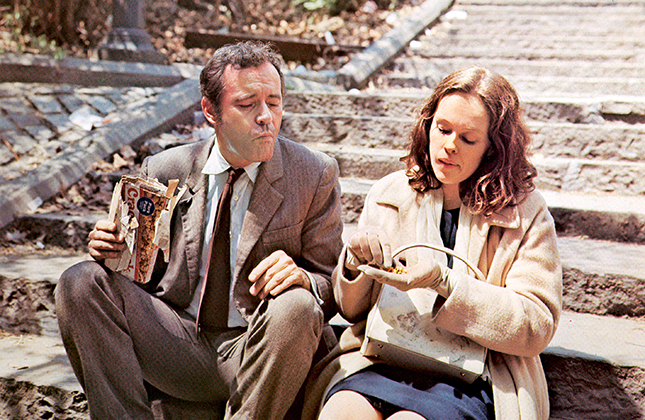
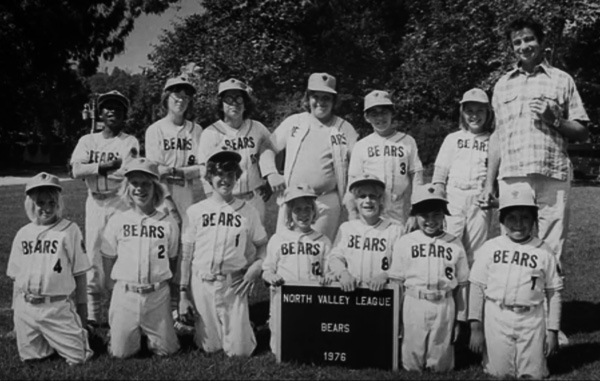
This list is Lemmon & Matthau heavy – so it’s fitting that we started with them and we finish with them.
How did you do?
They are, in order from the top down… The Front Page, Catch-22, A Little Romance, Urban Cowboy, Murder On The Orient Express, The Heartbreak Kid, Paper Moon, La Vie En Rose, And God Created Woman, Defending Your Life, War Of The Worlds, The Survivors, The Candidate, Tin Men, The Hill, Save The Tiger, Sleuth, Ragtime, Prince Of The City, Play It Again Sam, Days Of Wine And Roses, After Hours, Muriel’s Wedding, The Last Of Sheila, Day Of The Locust, Searching For Bobby Fischer, The Dead Zone, The Parallax View, Ice Castles, Killing Zoe, The Waterdance, Never Cry Wolf, Once Around, The Bad And The Beautiful, The Out-Of-Towners, and of course, The Bad News Bears. (12 left to go)
Whew. Quite a list. I got a little carried away there.
But, believe it or not, the sad thing is there are many more I didn’t include… I guess patience will have to be my New Year’s resolution for 2019.
The good news is…it took me so long to finally get this article up on my blog that a few titles on my Wish List are slated for release soon.
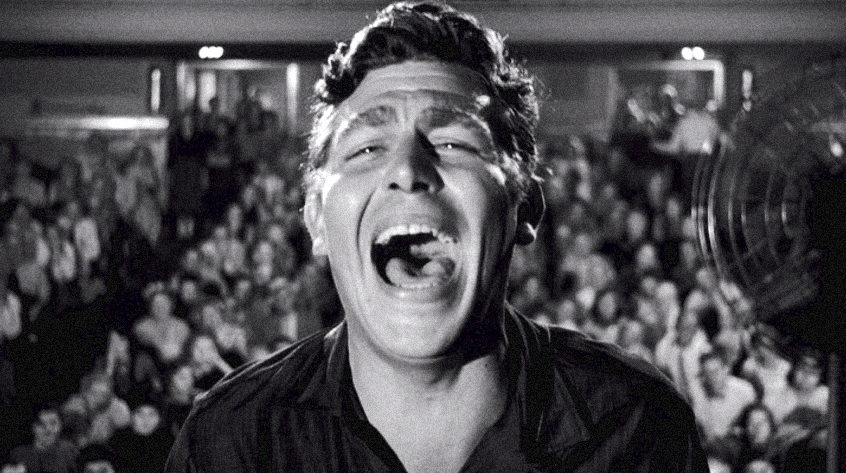

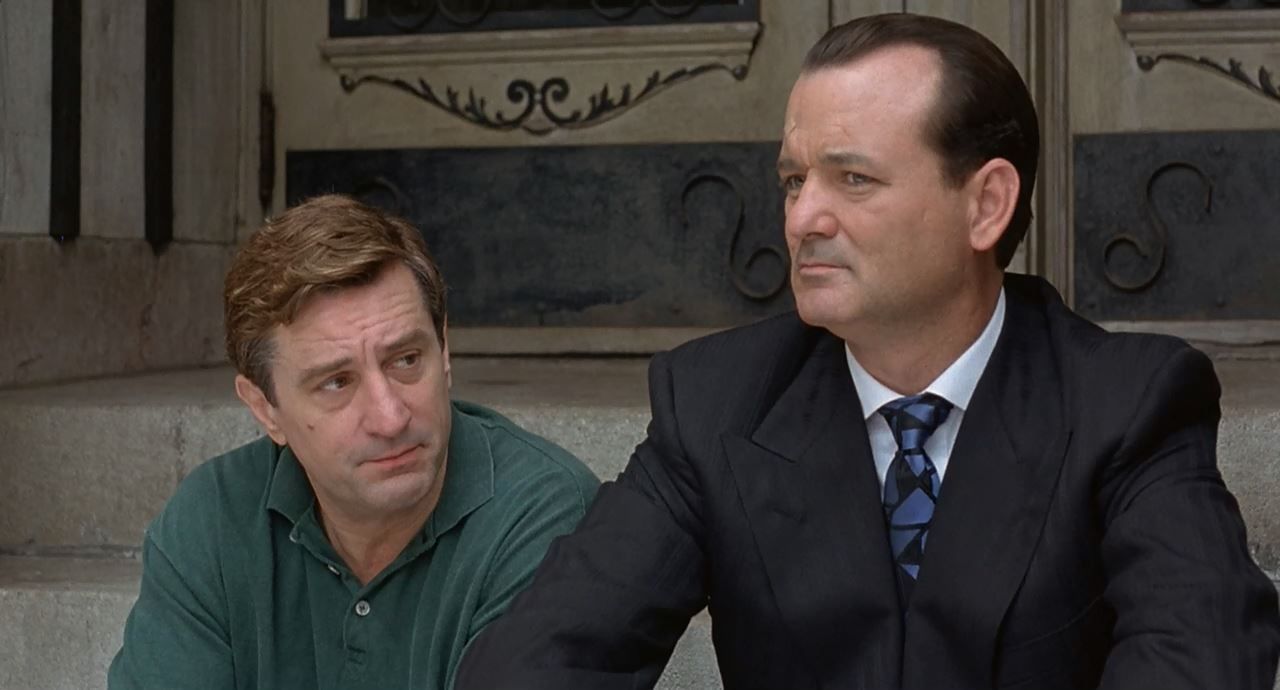
A Face In The Crowd, Klute, and Mad Dog And Glory
Someday my collection will be up-to-date and complete at last. Then what will I complain about?

